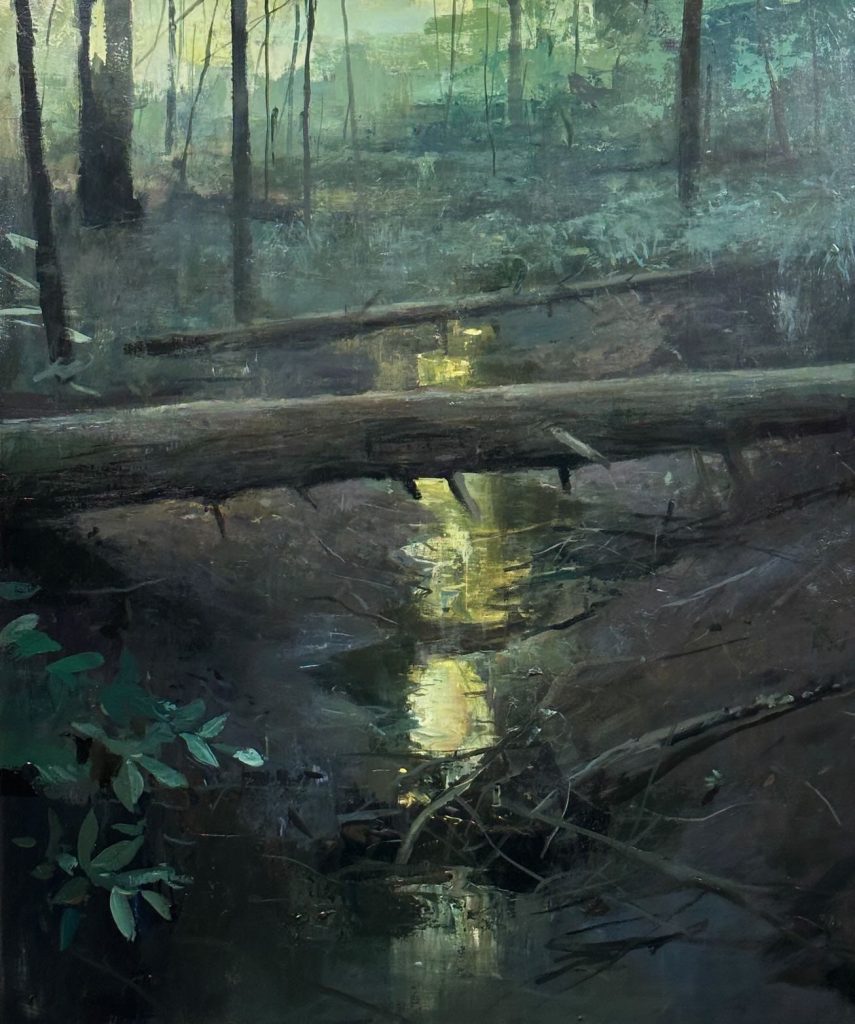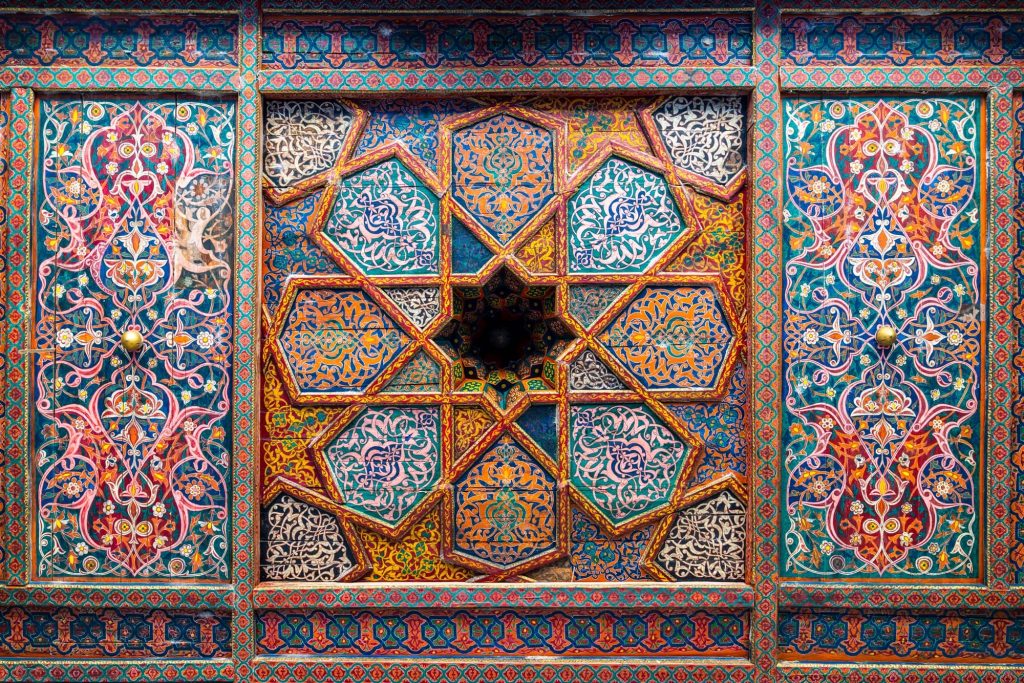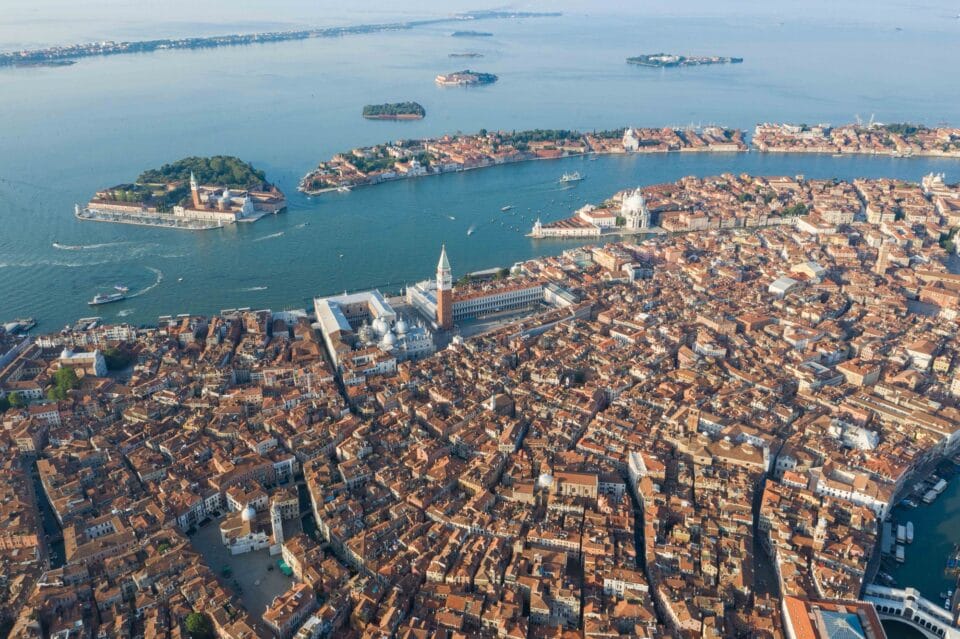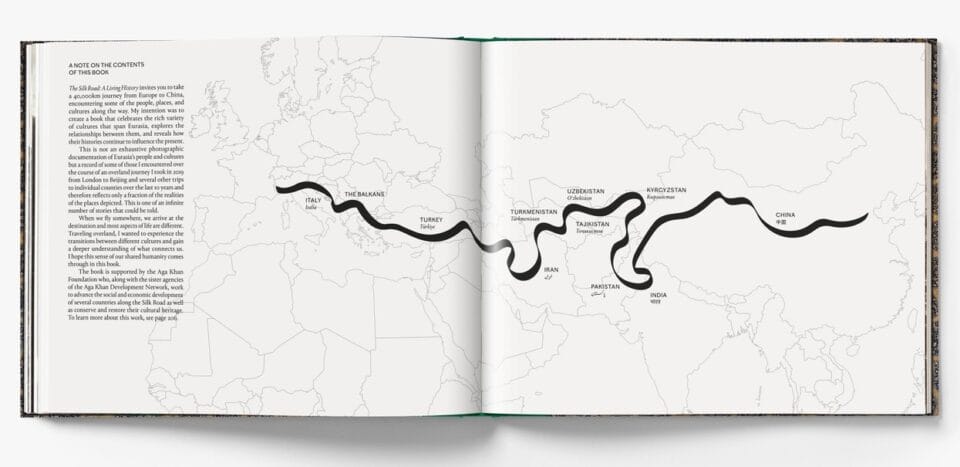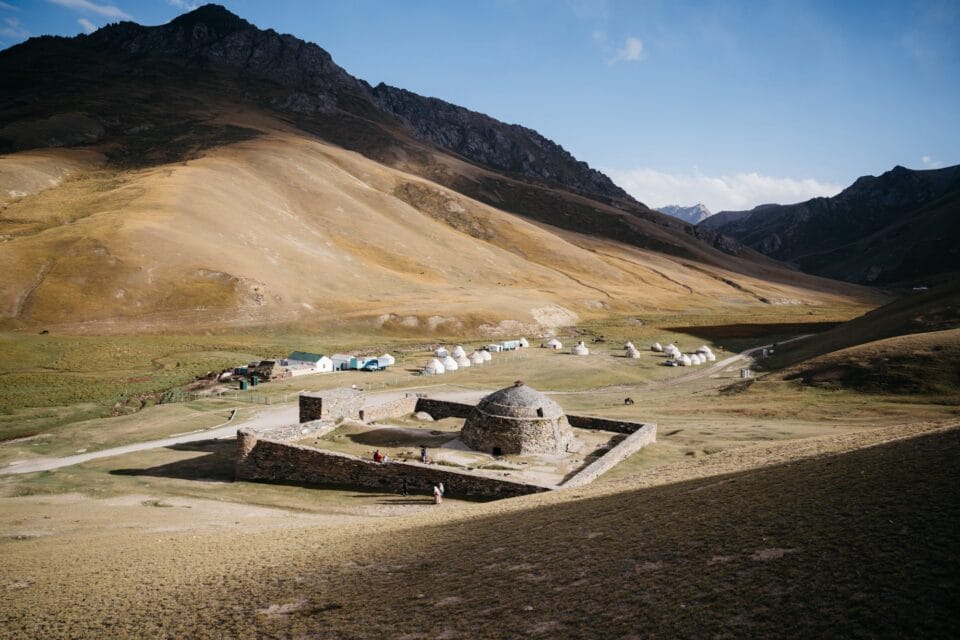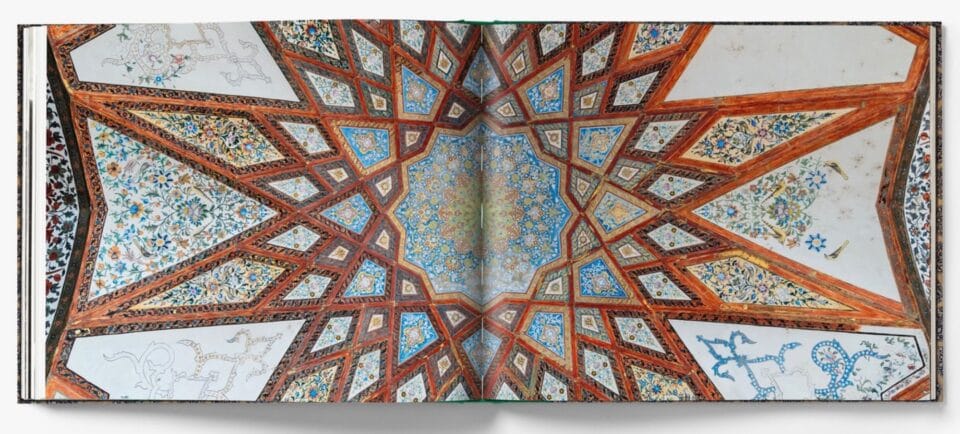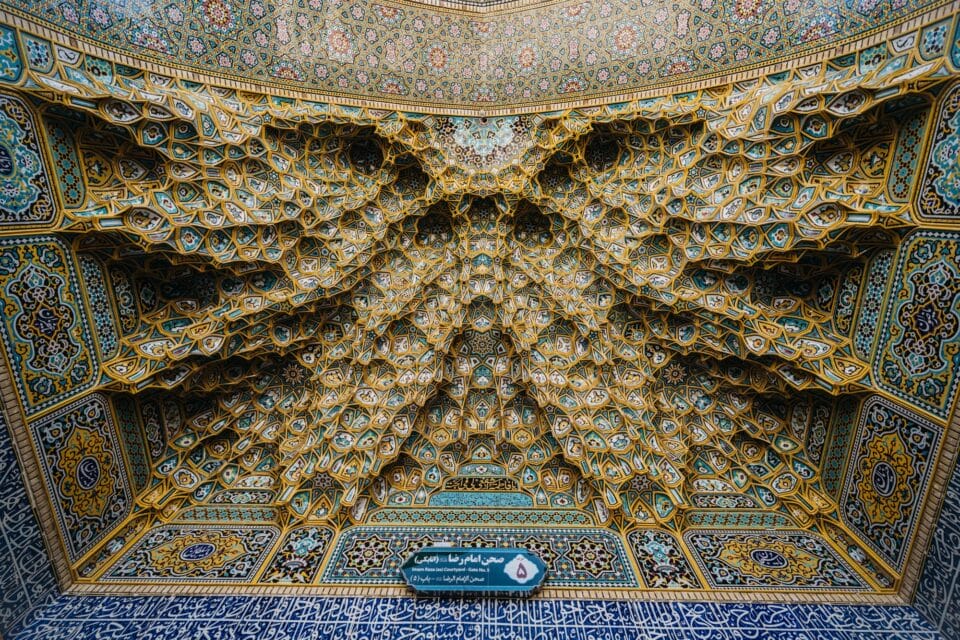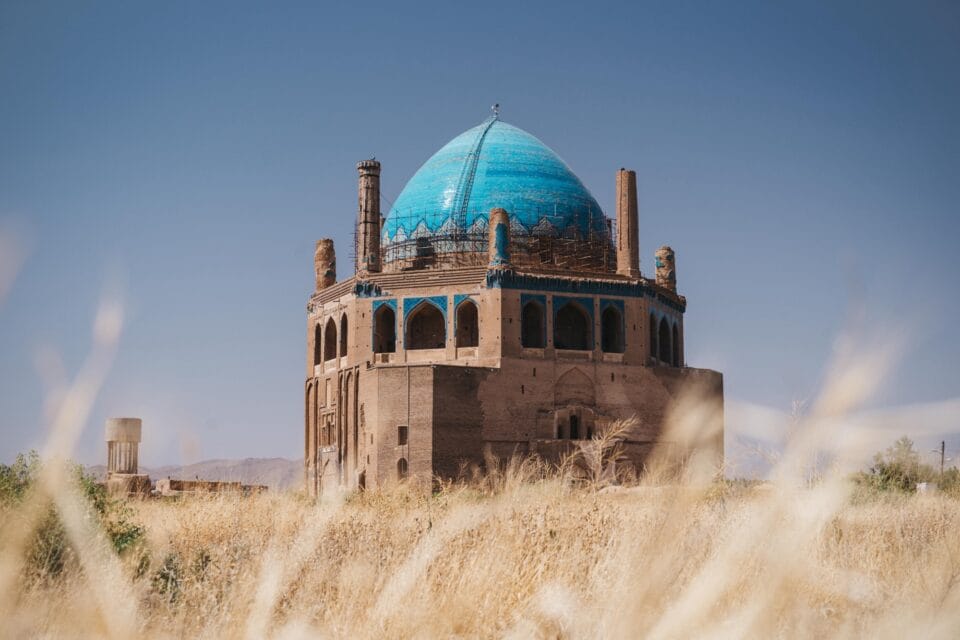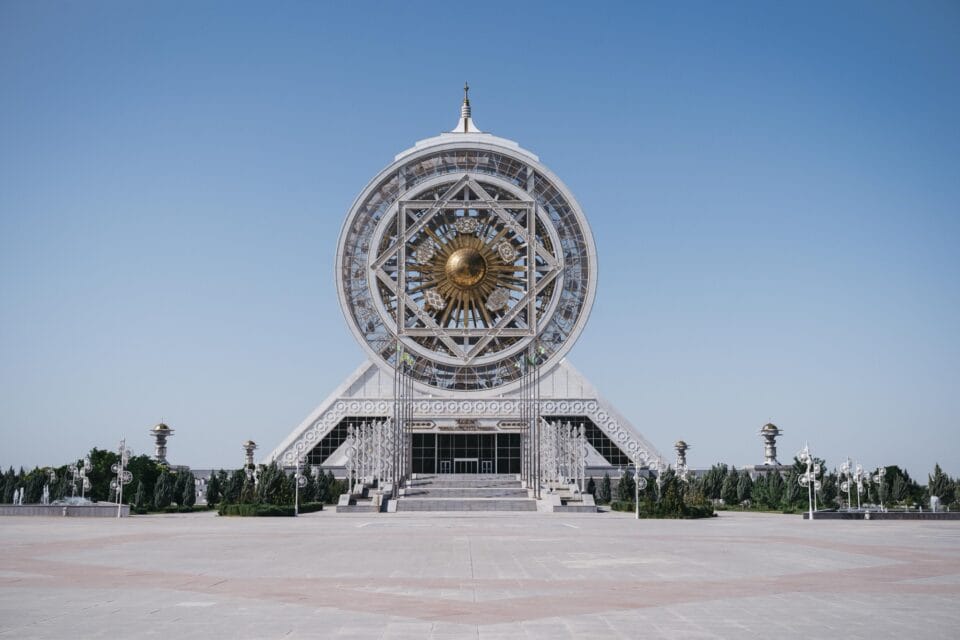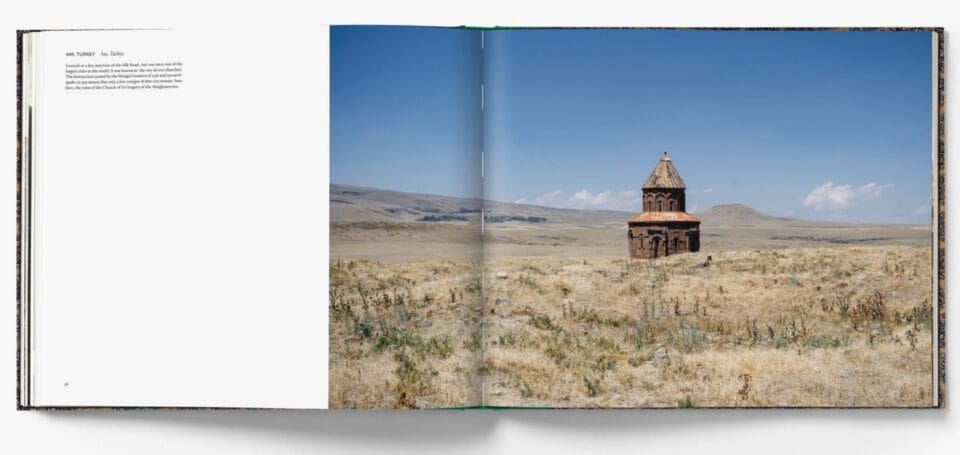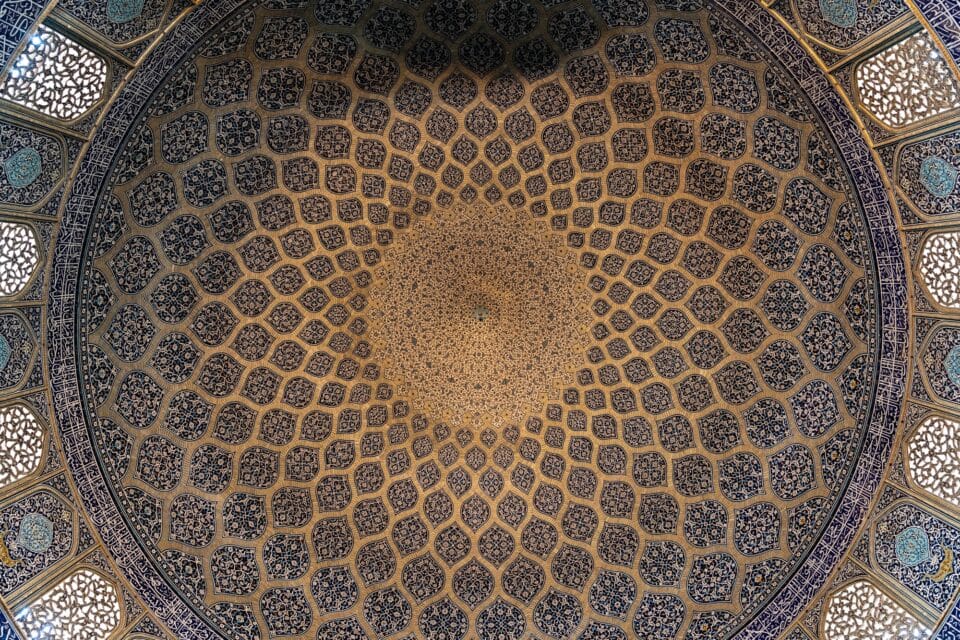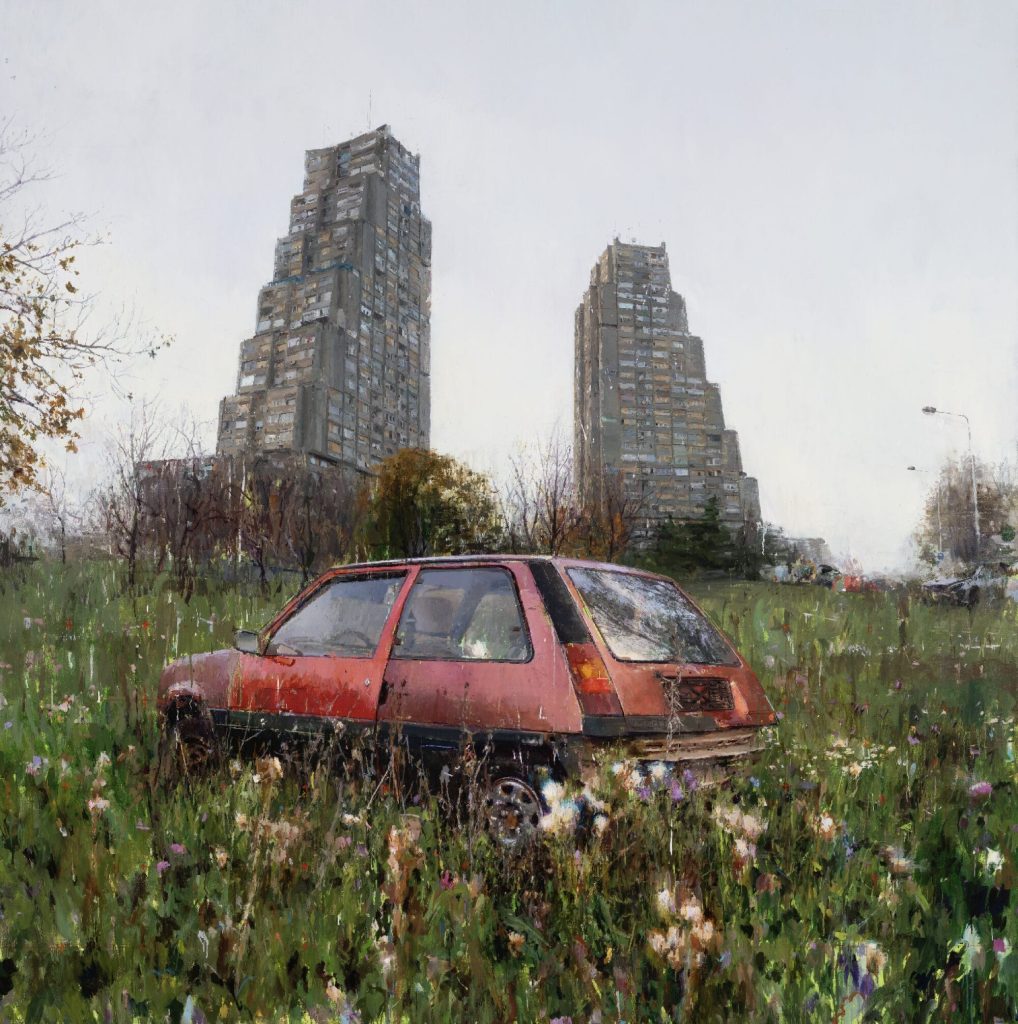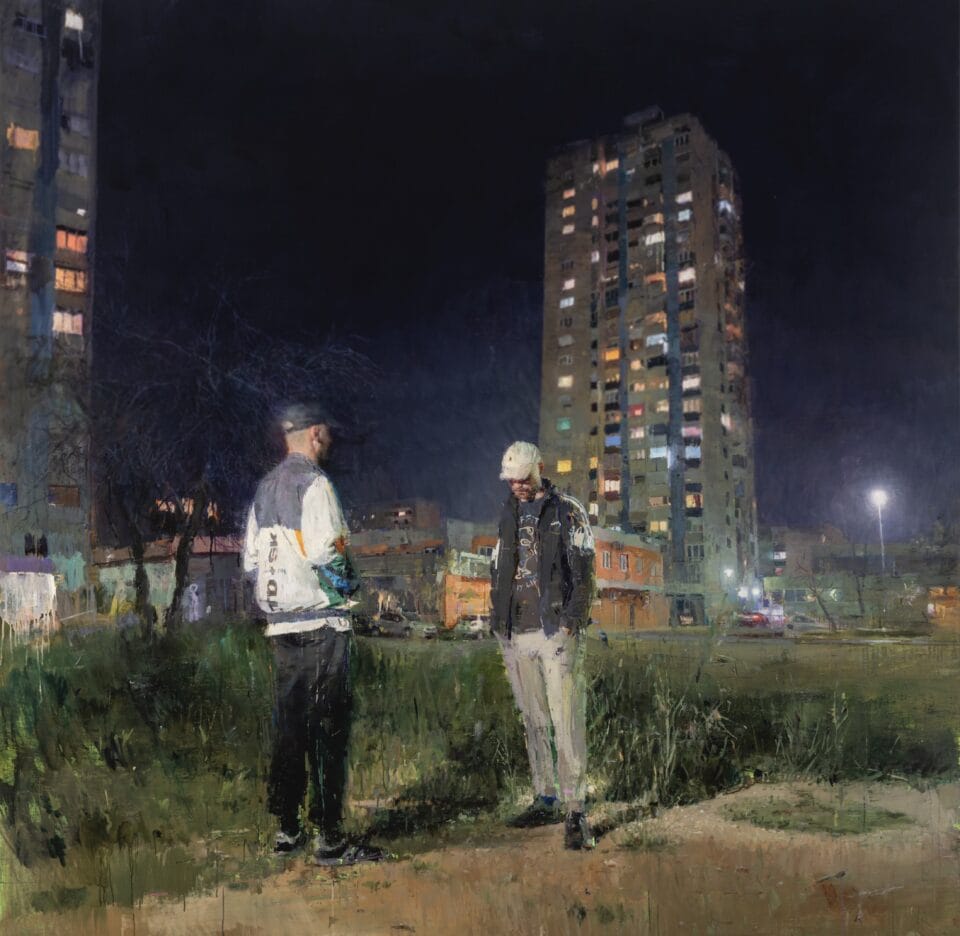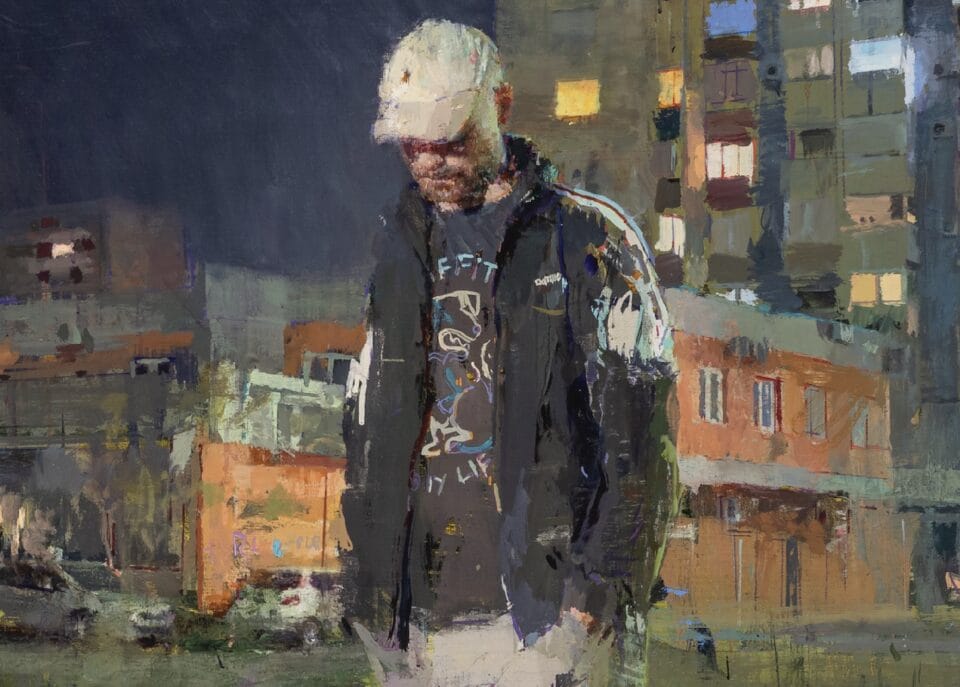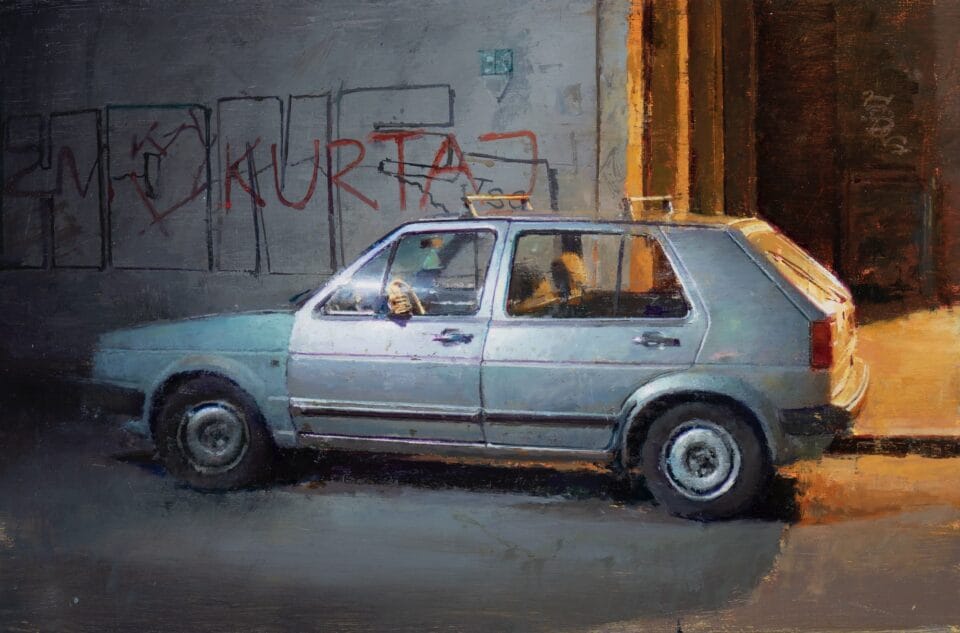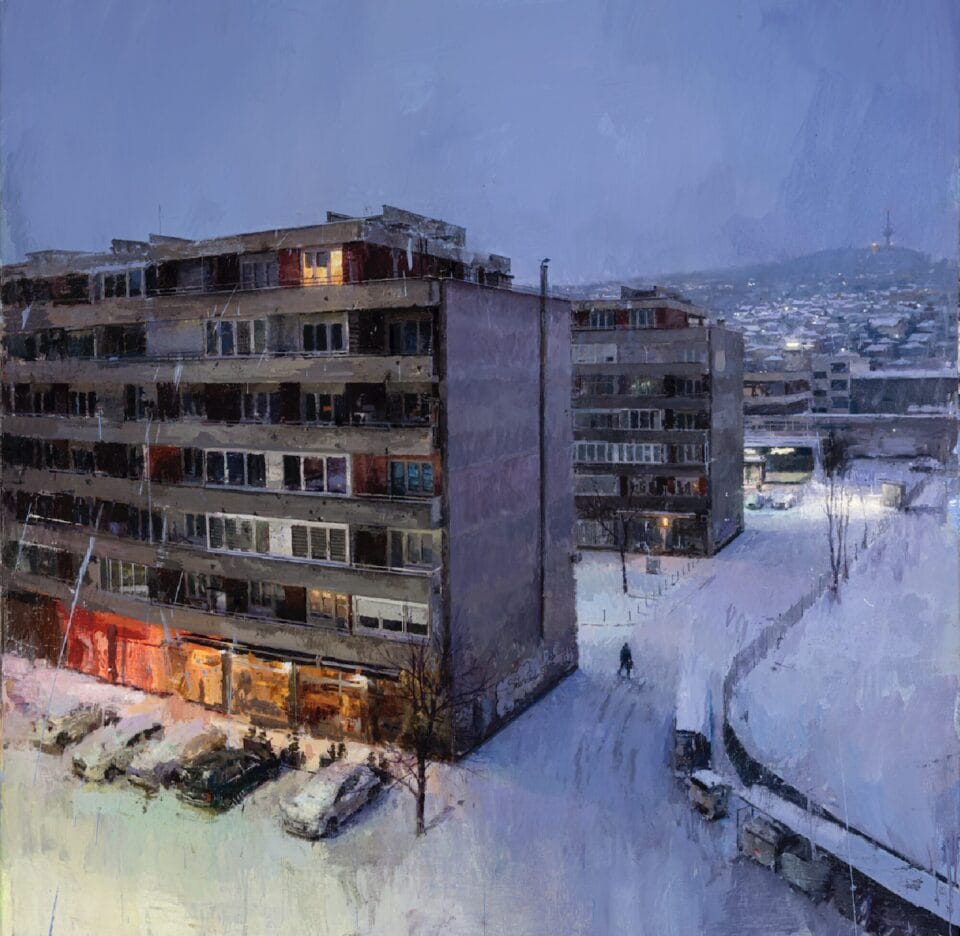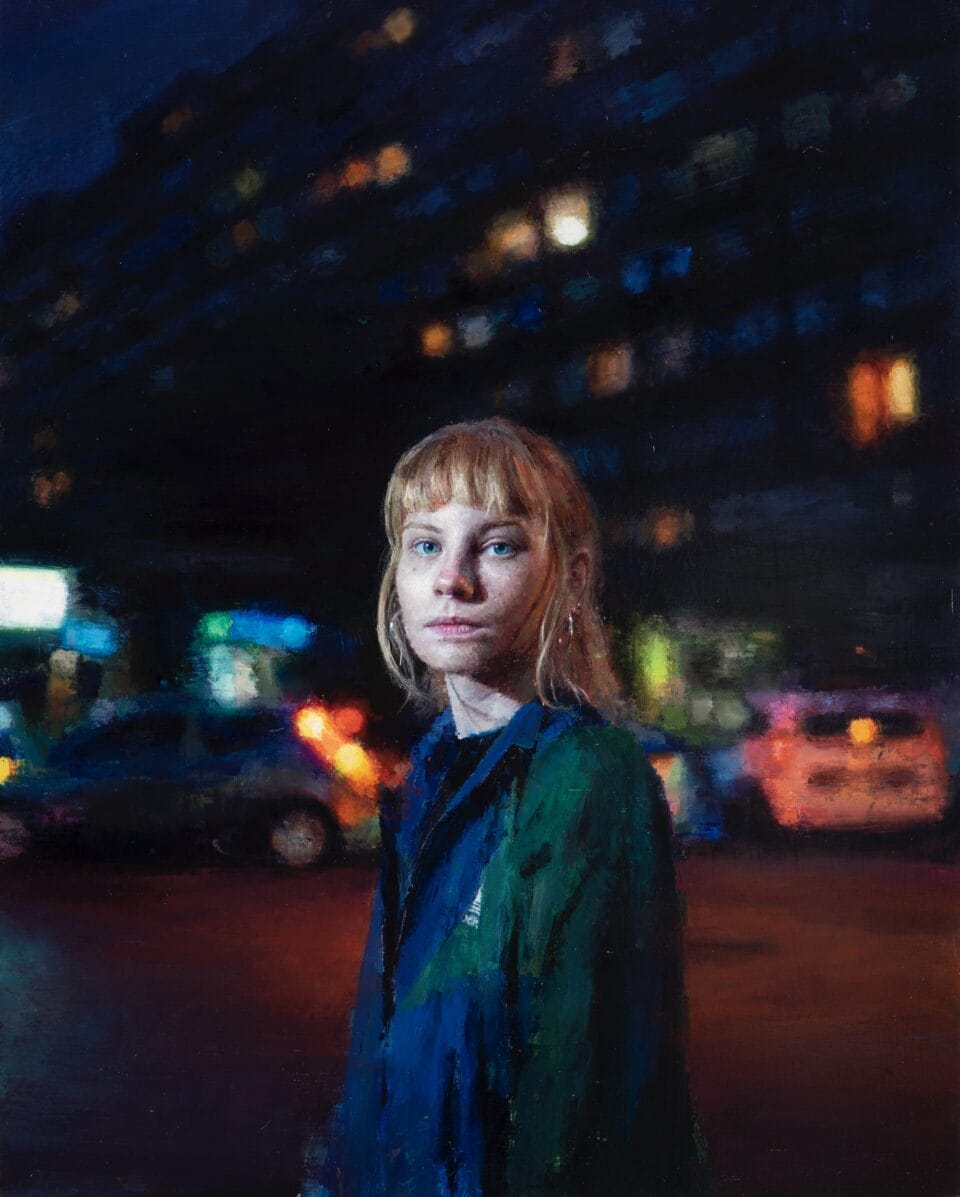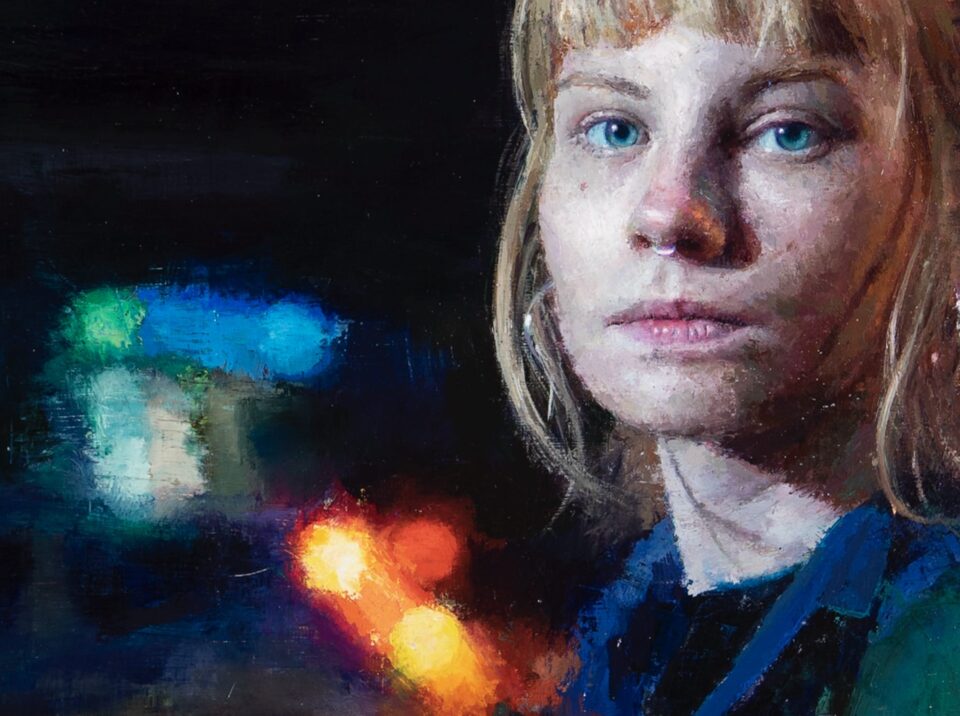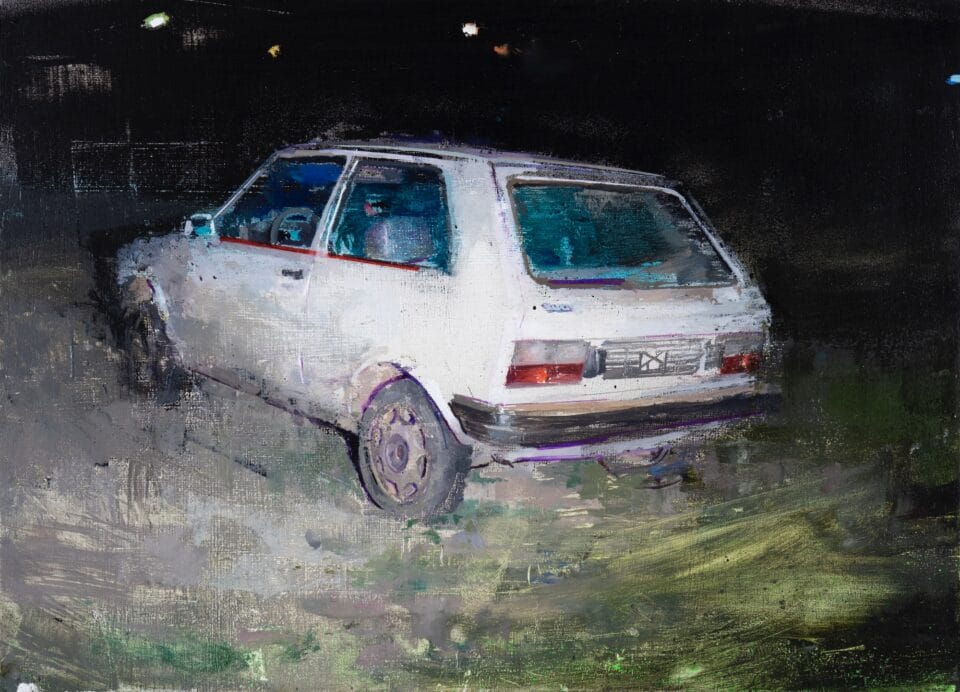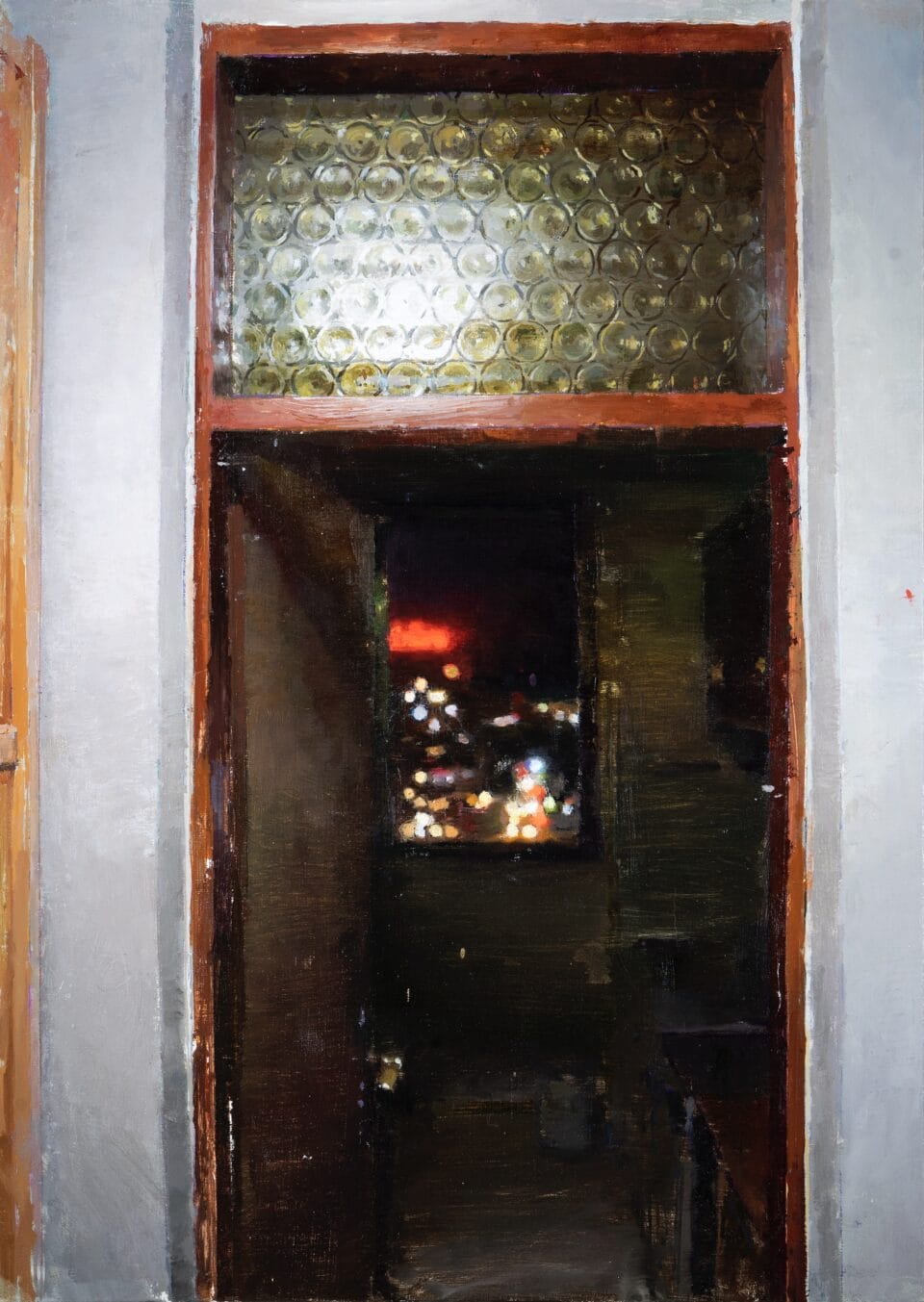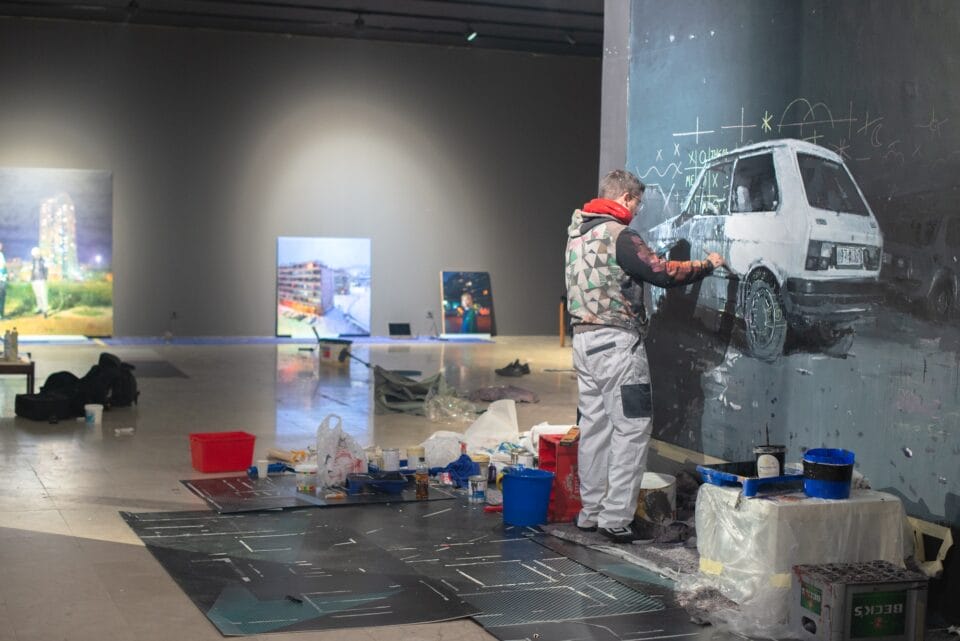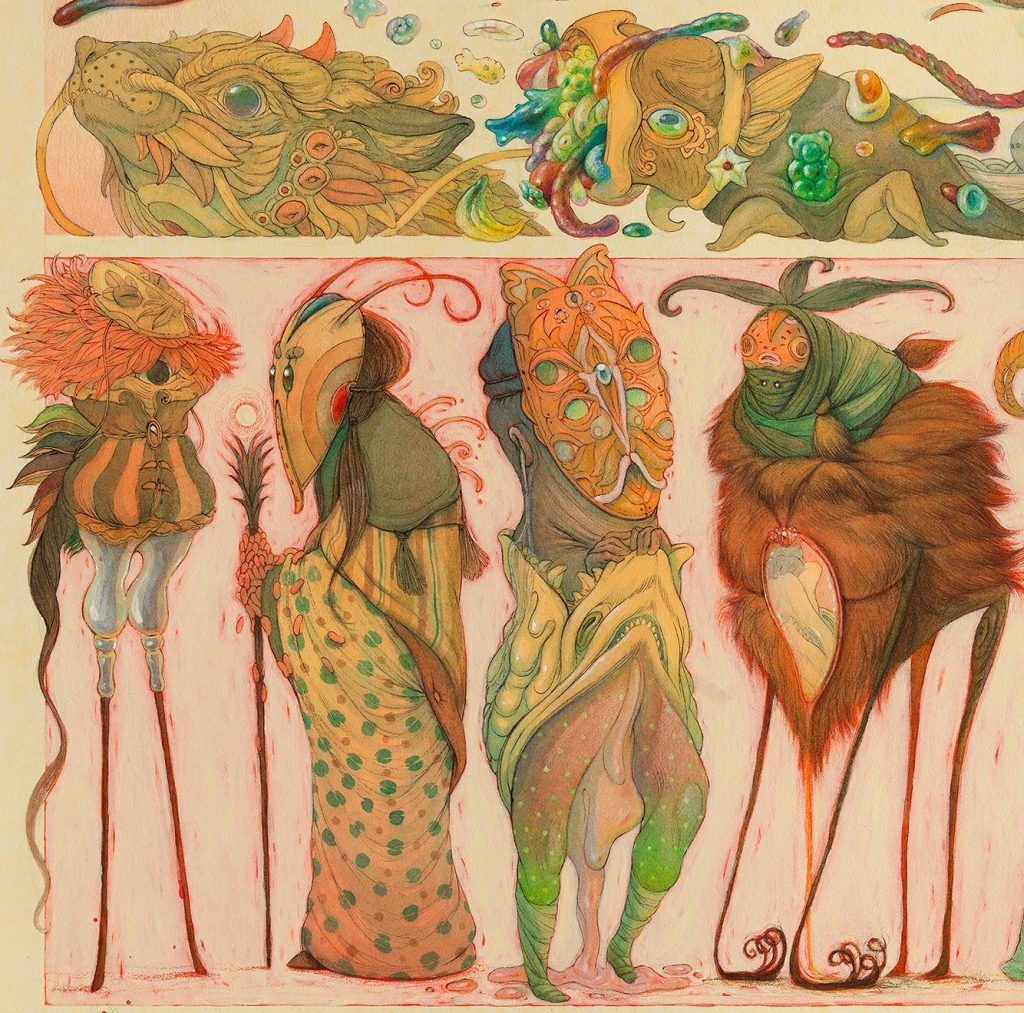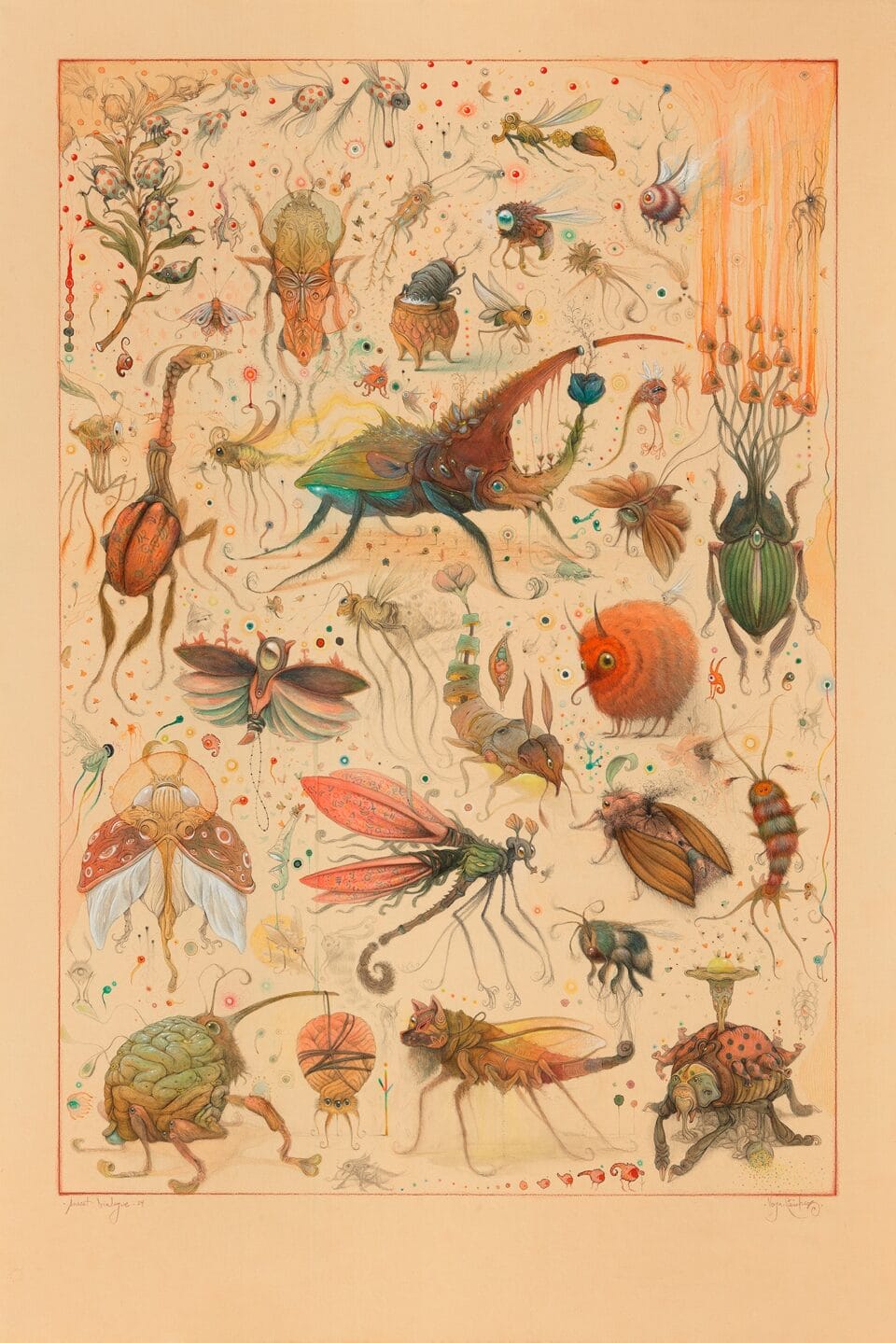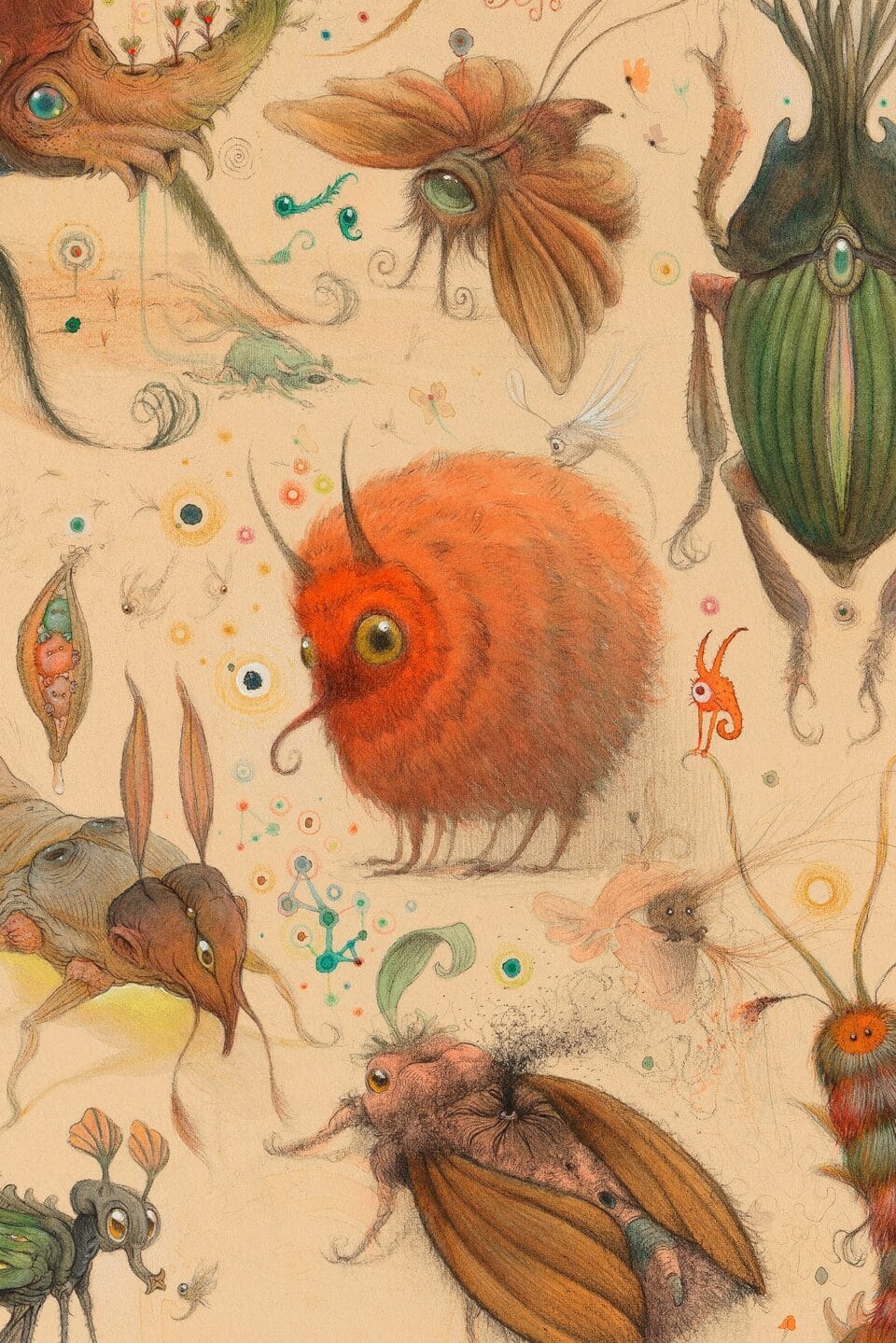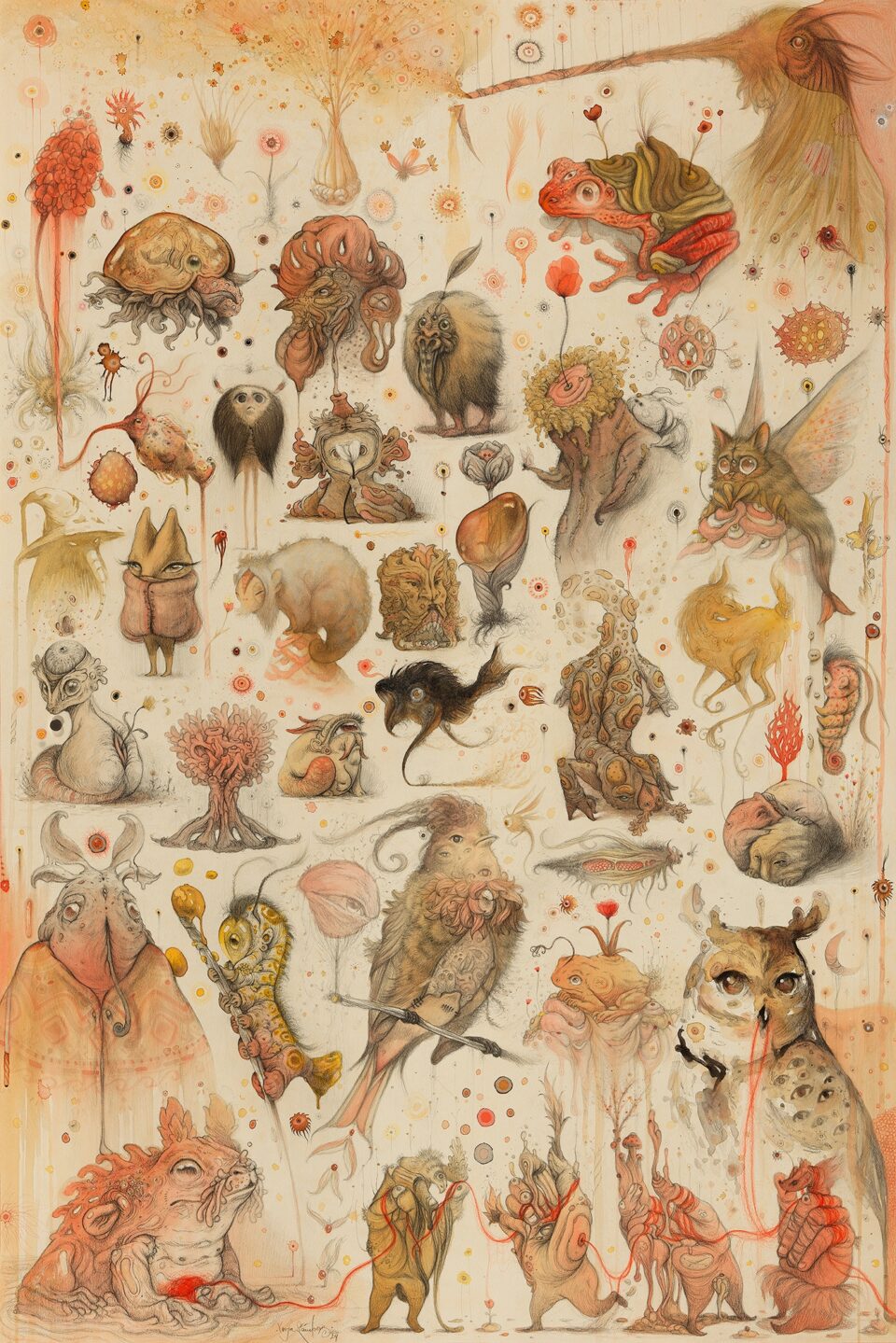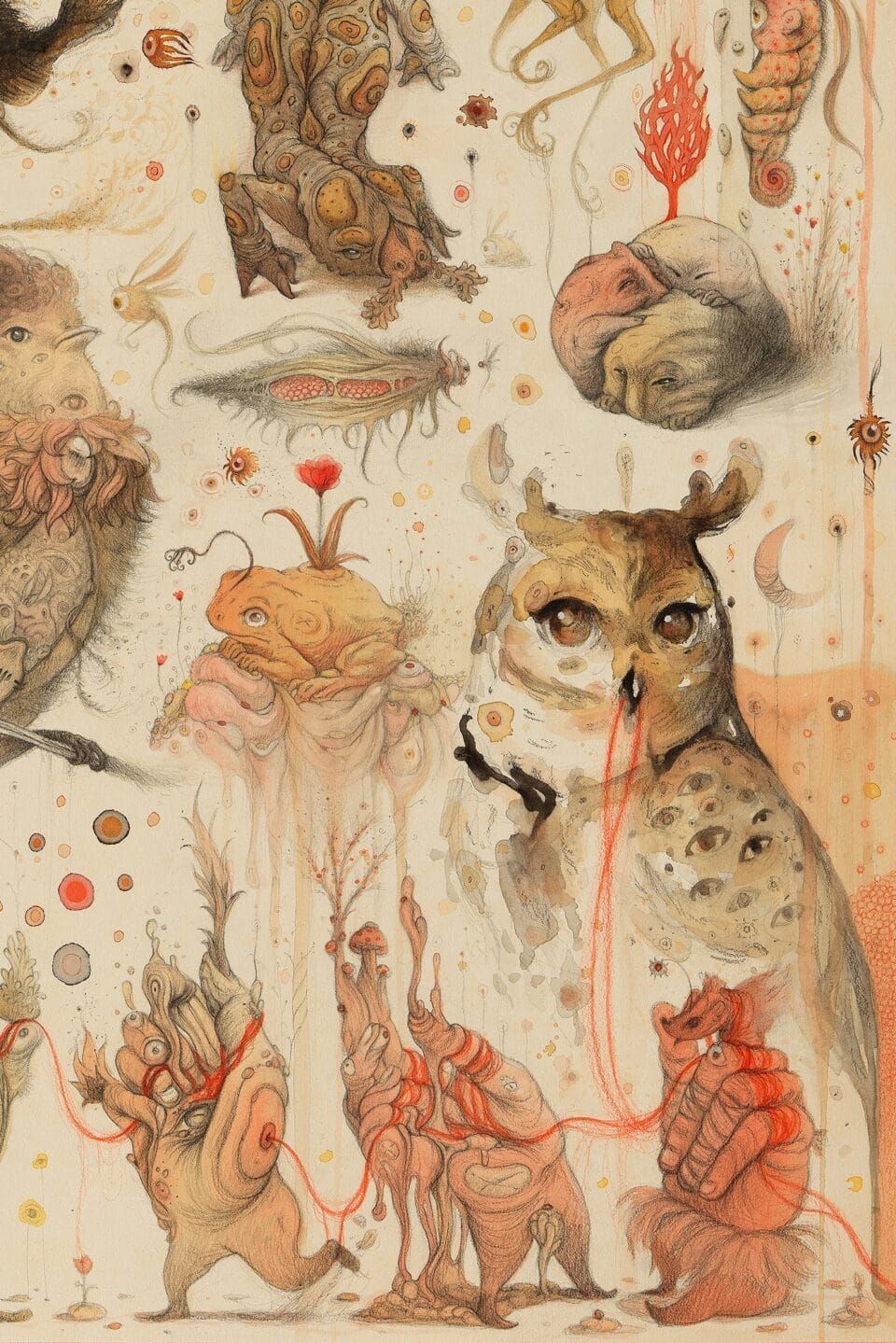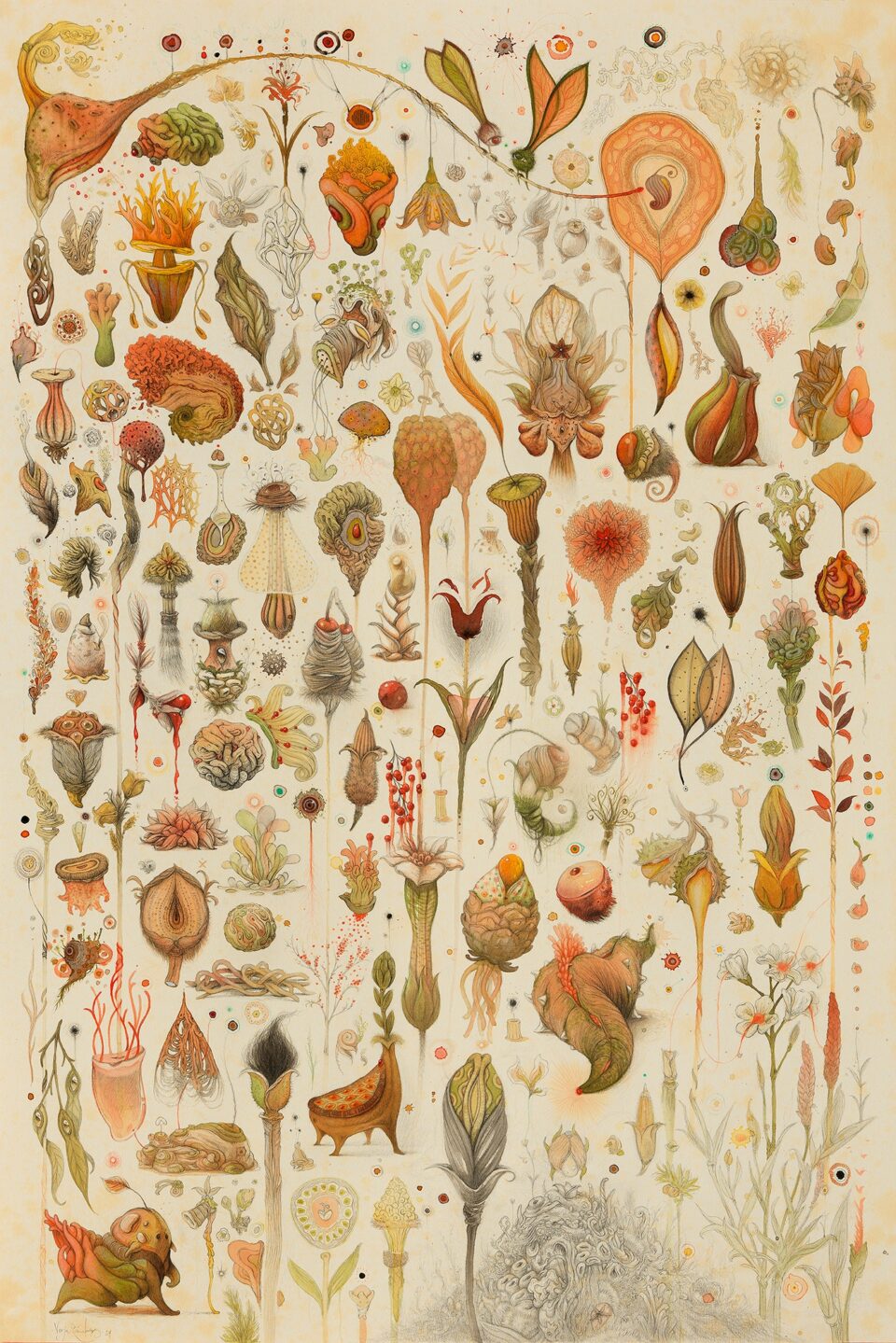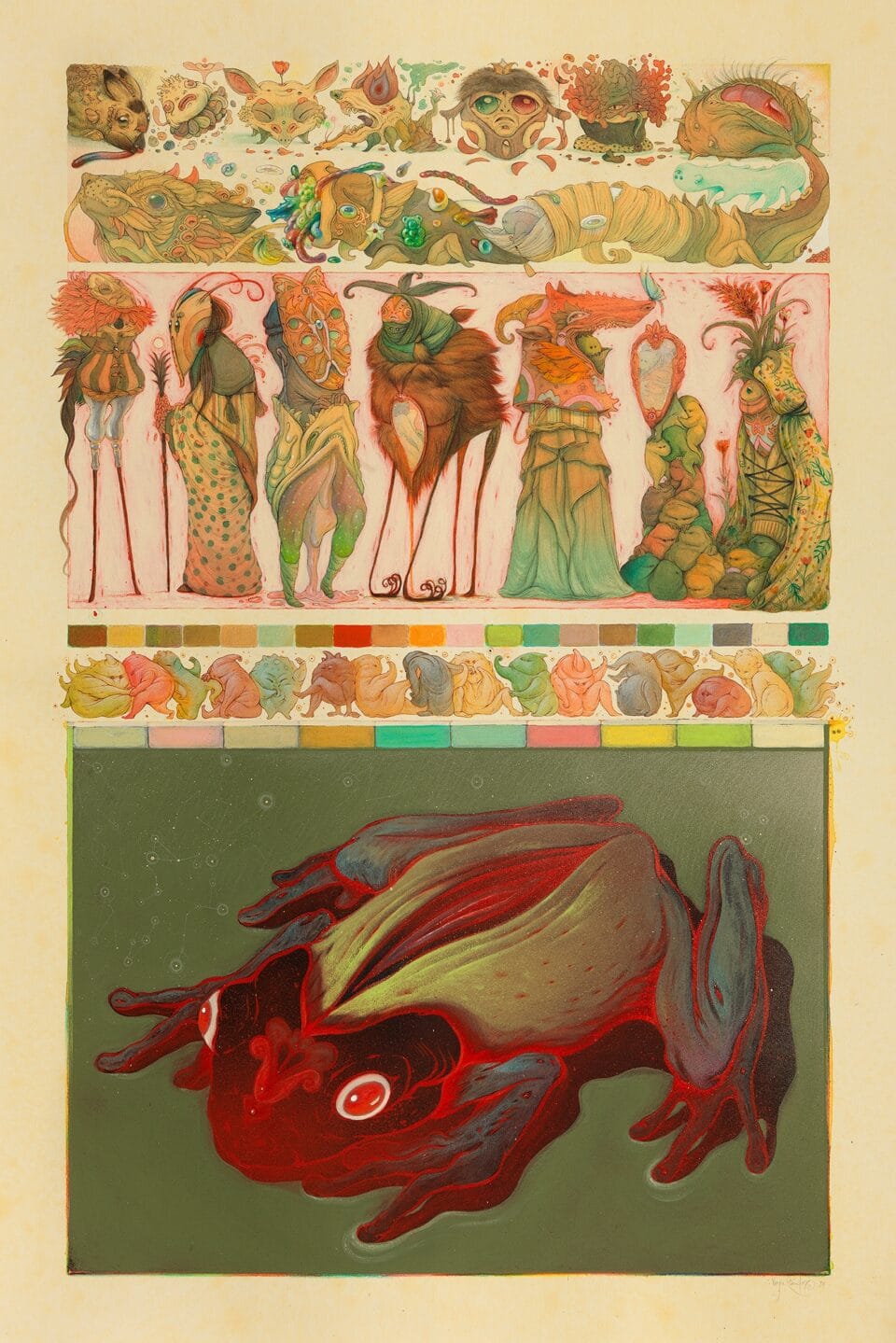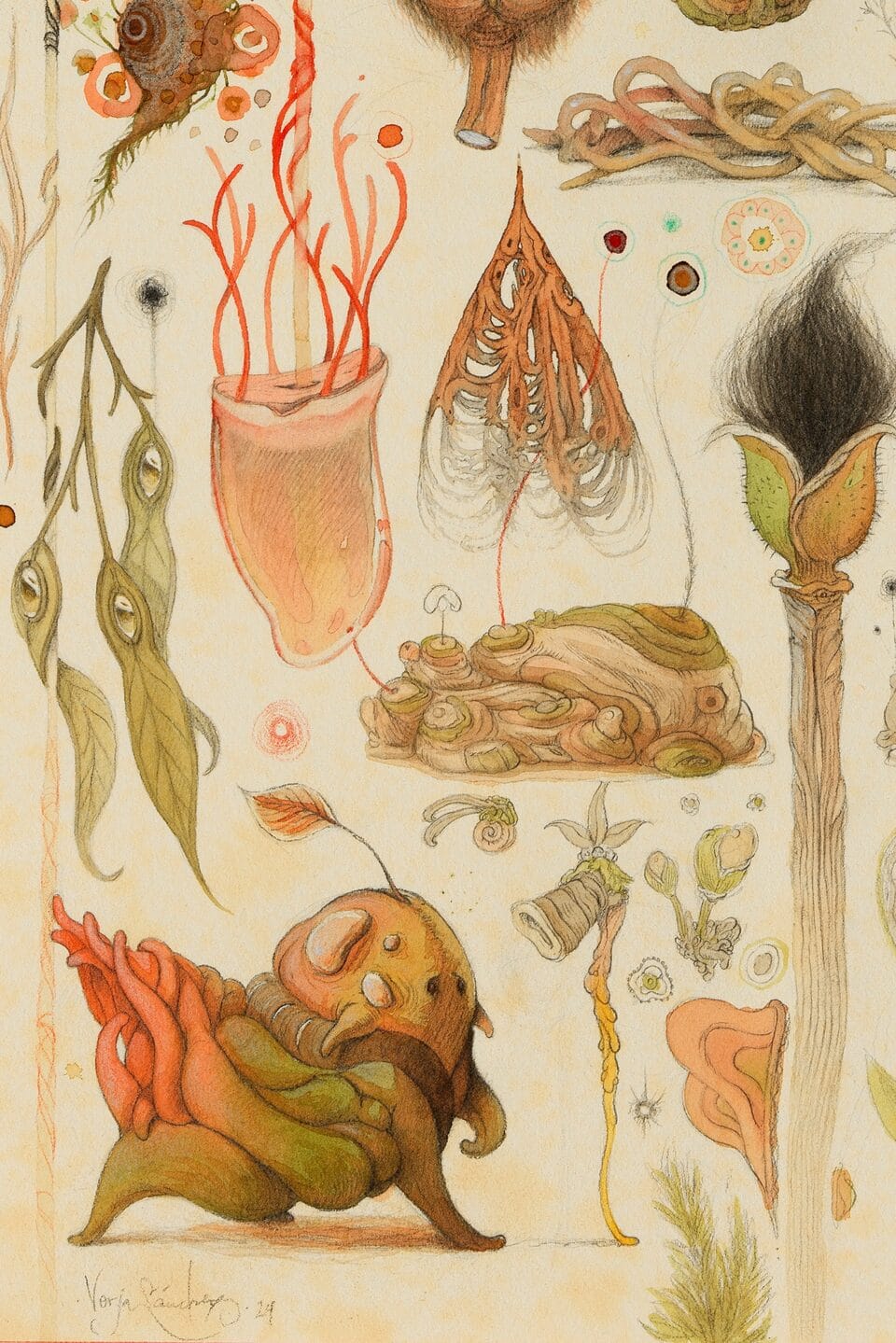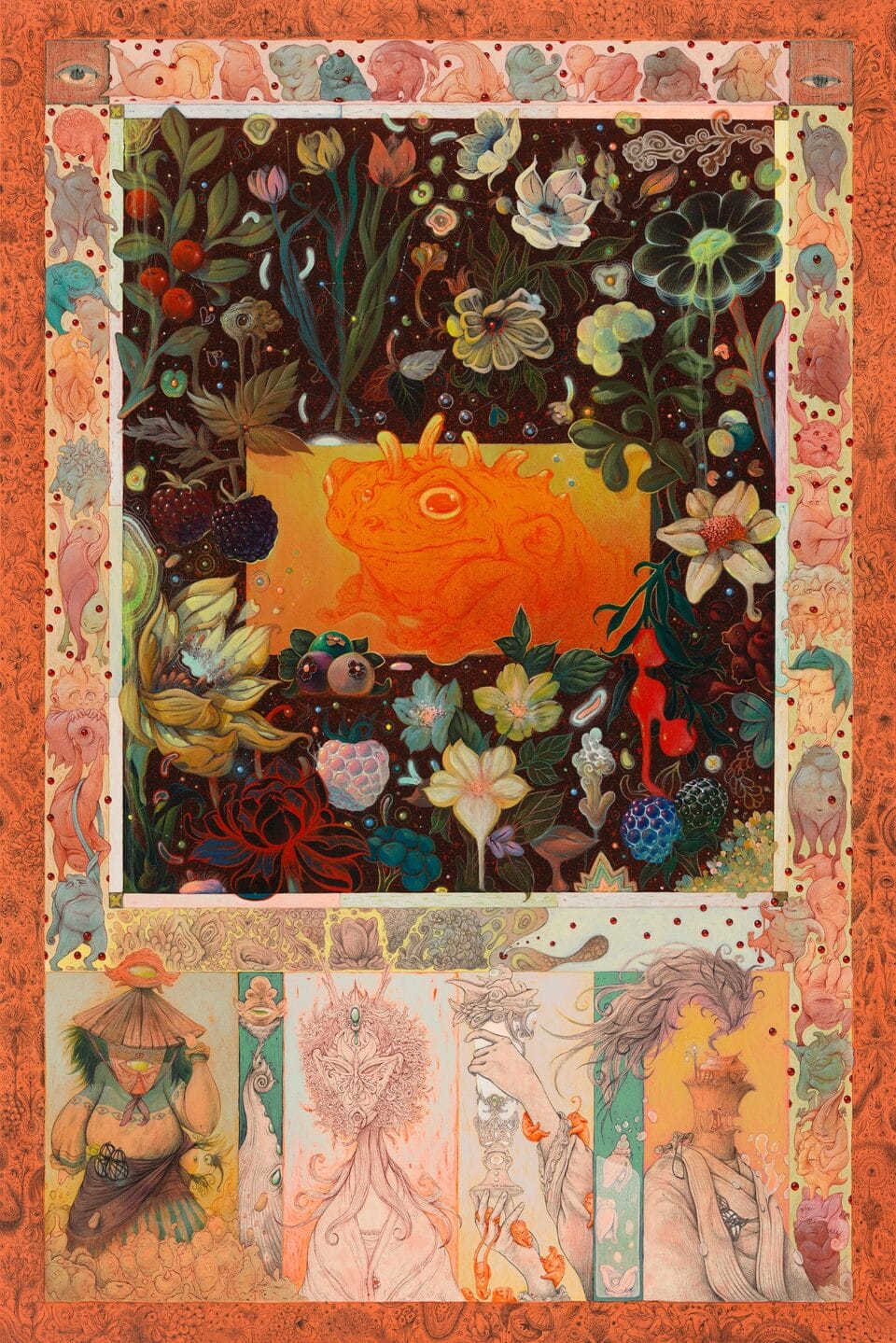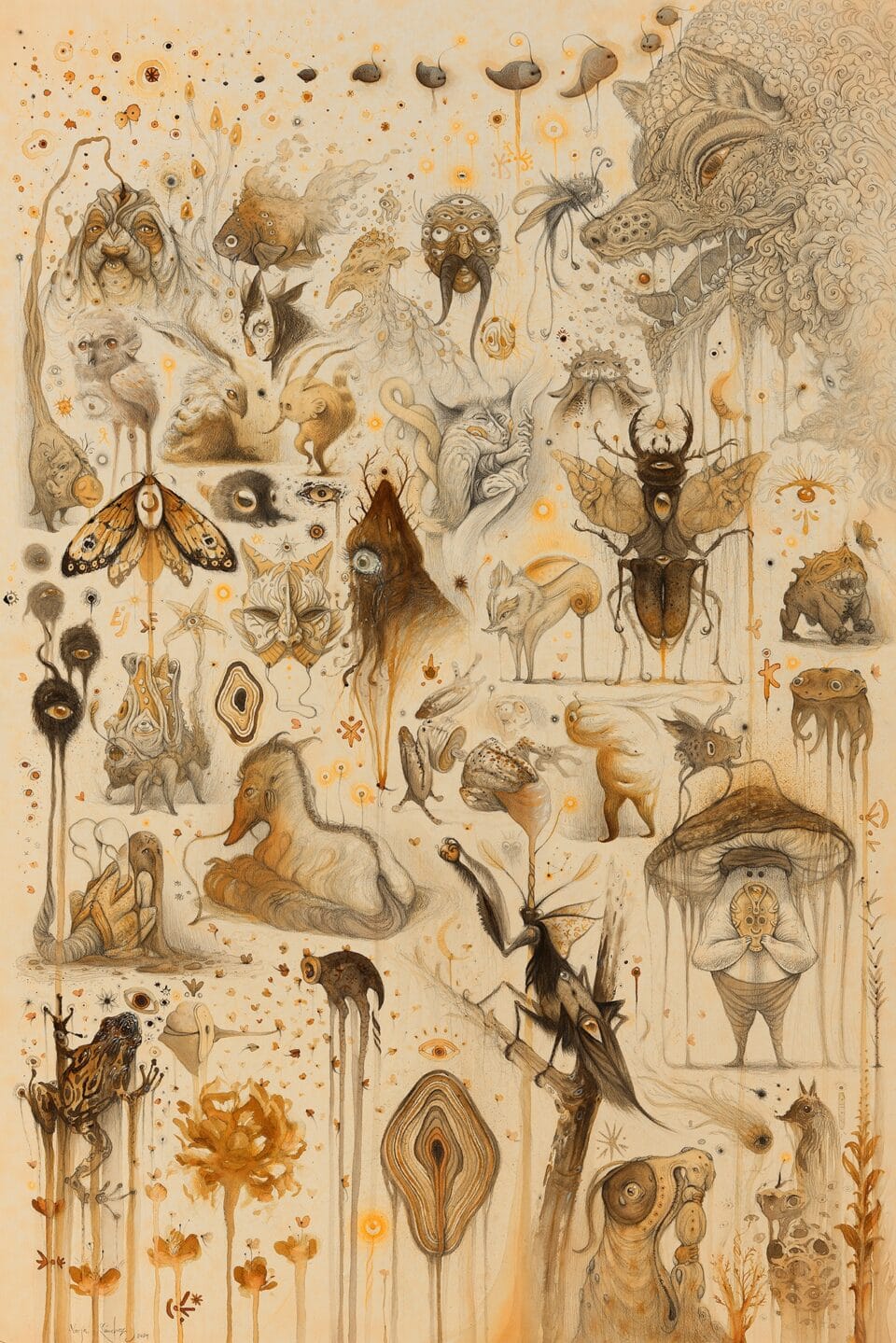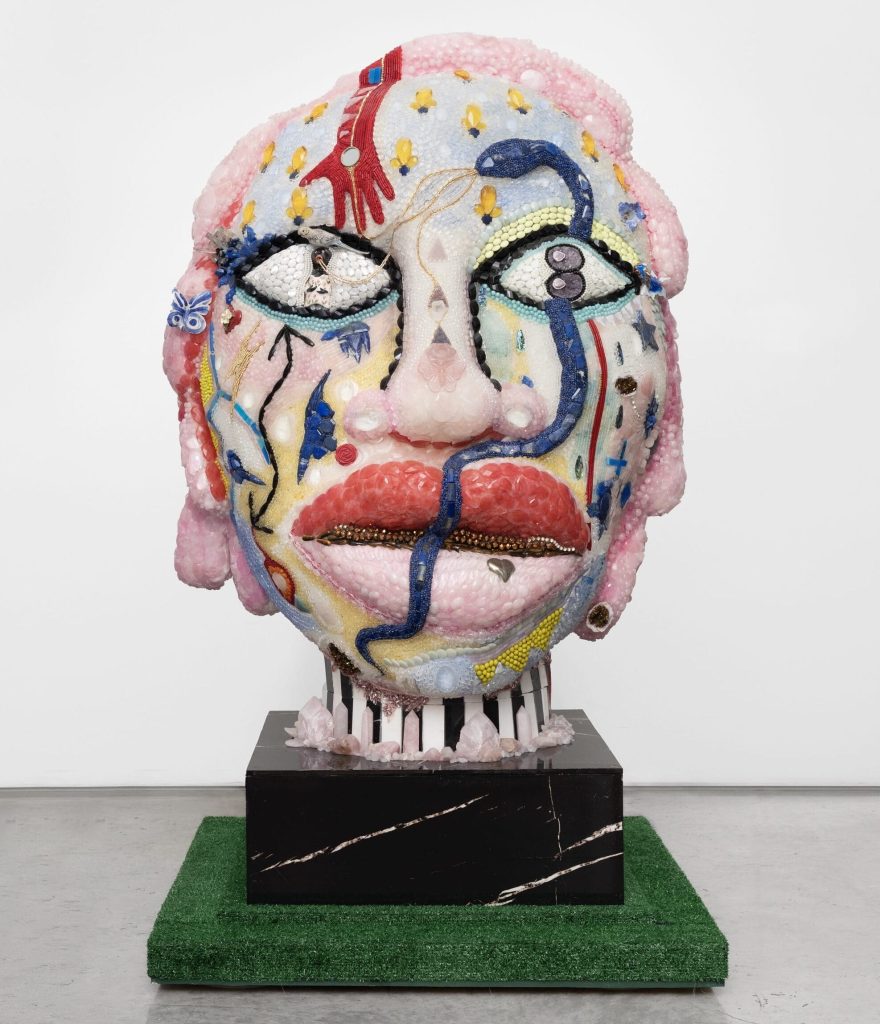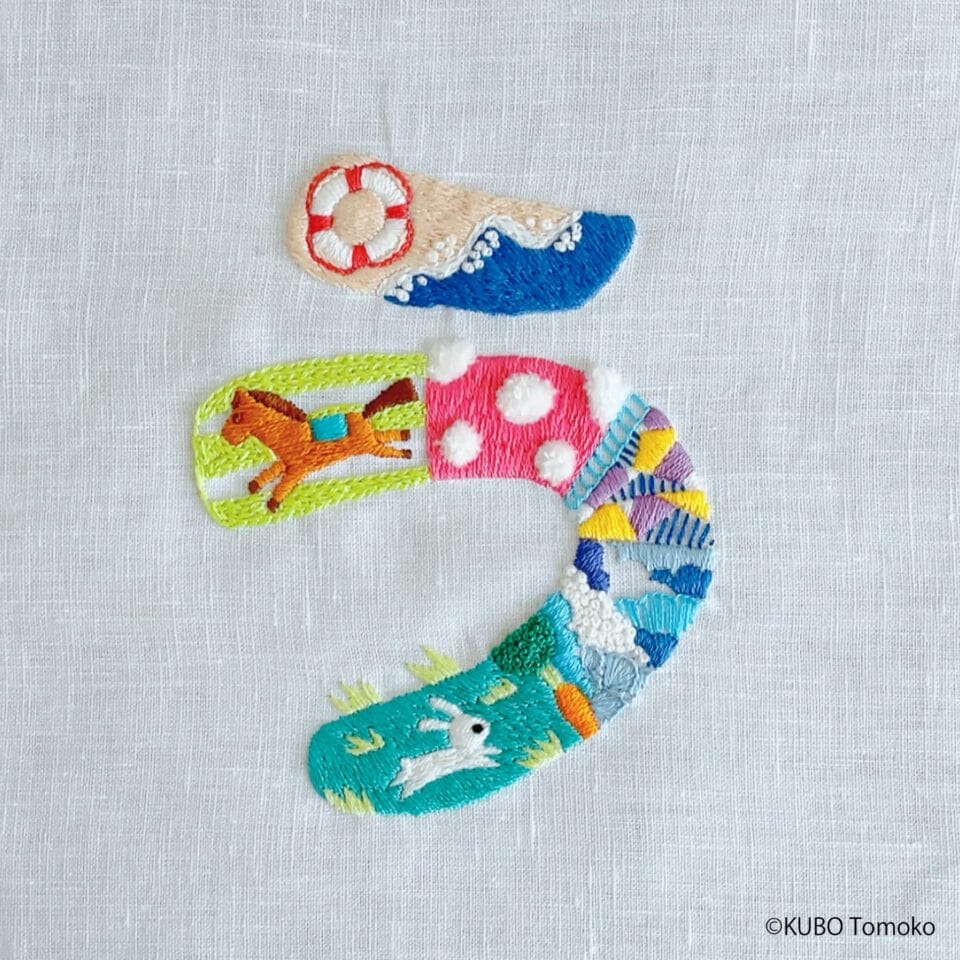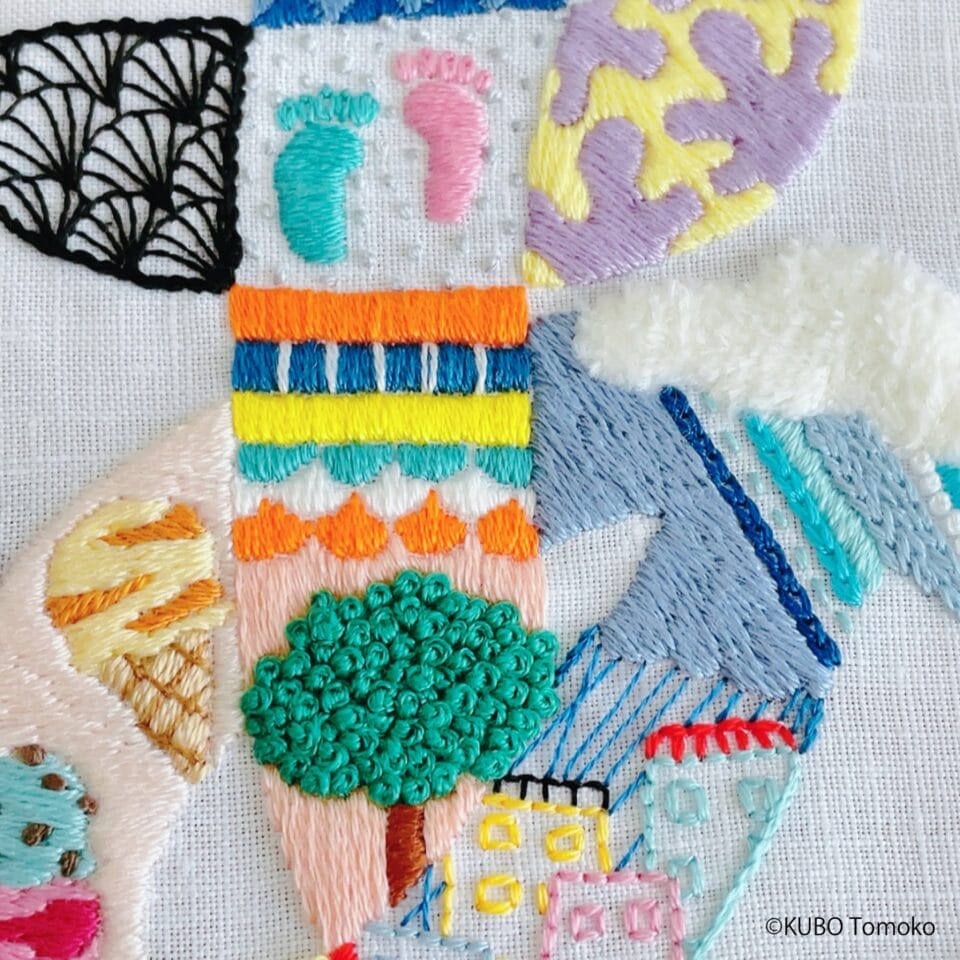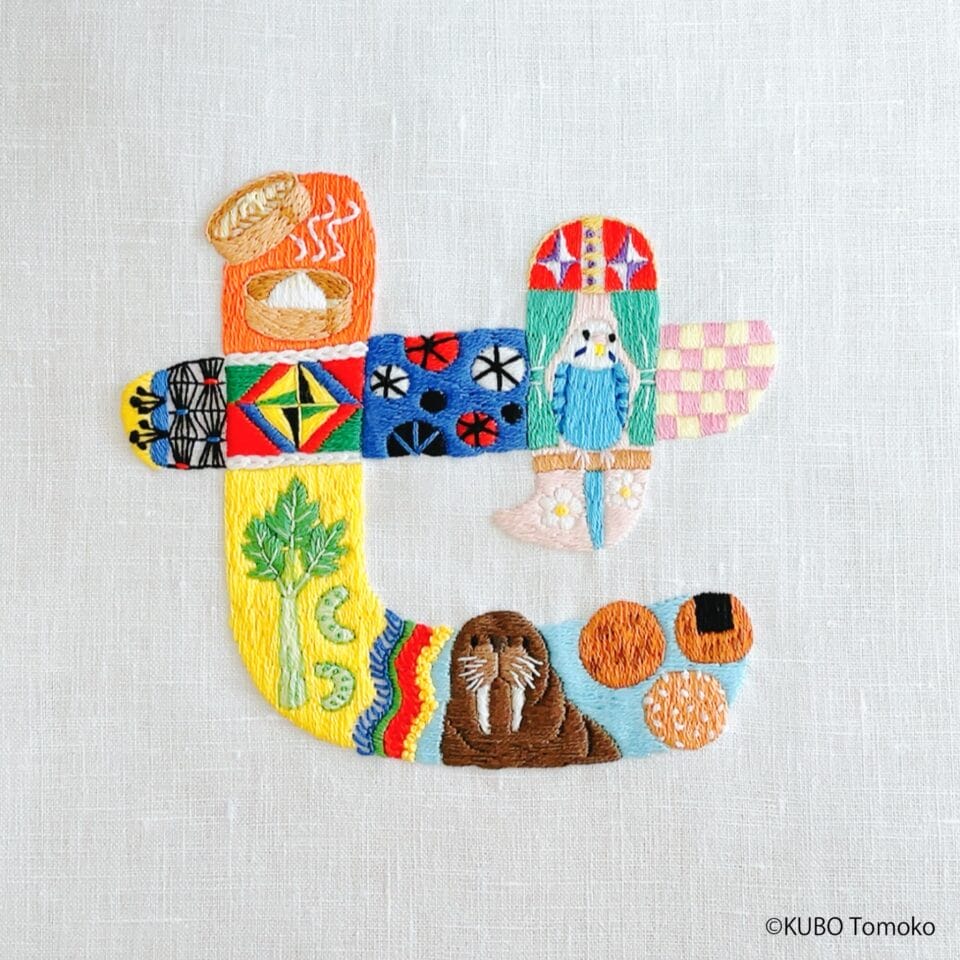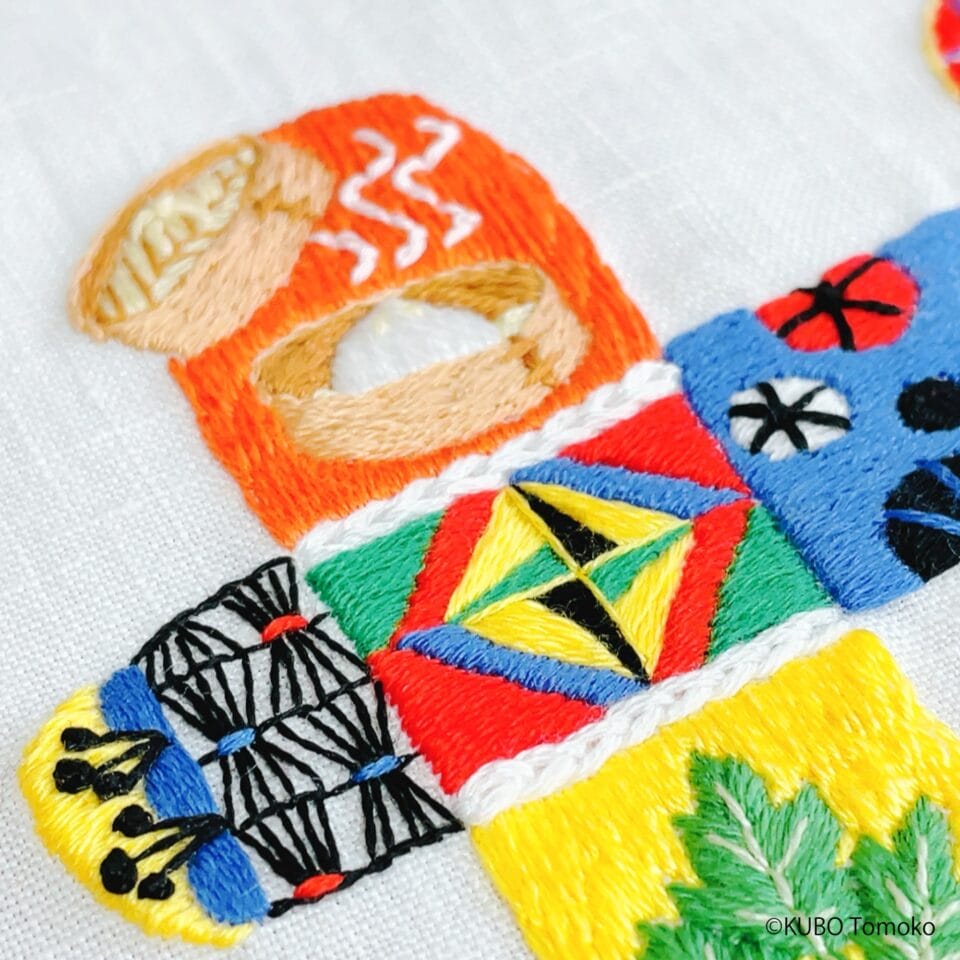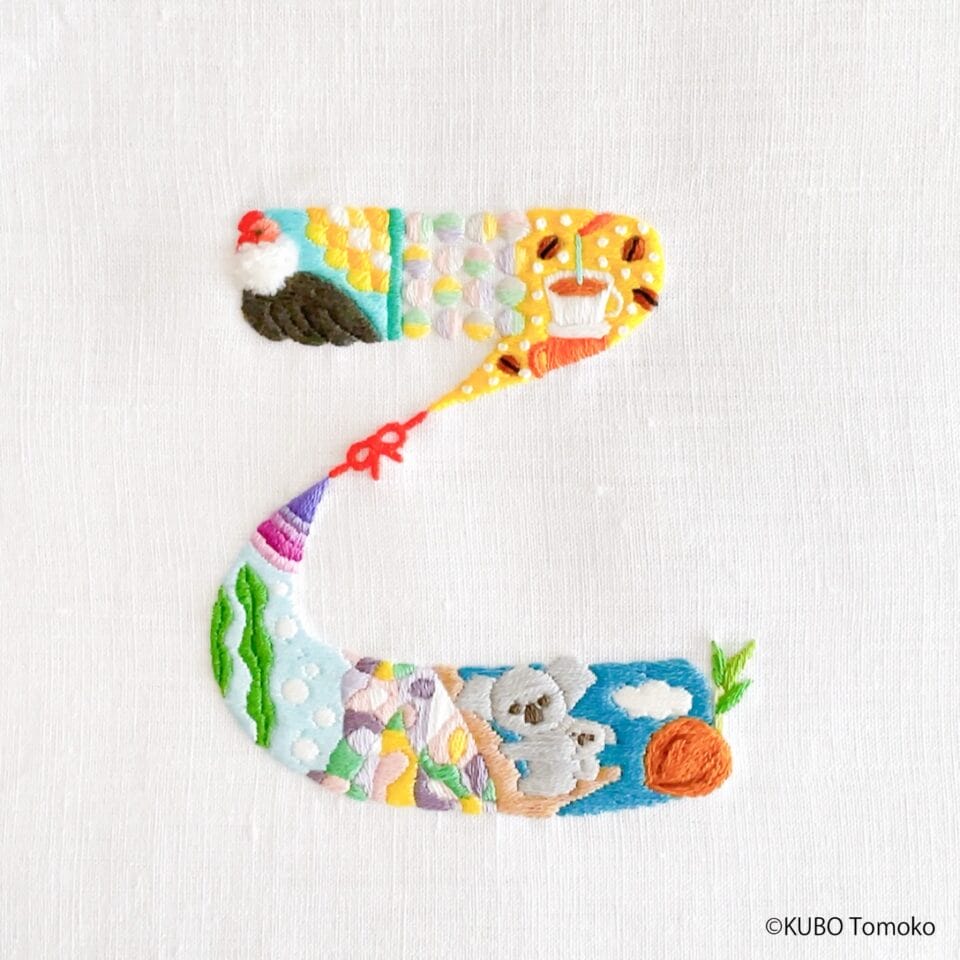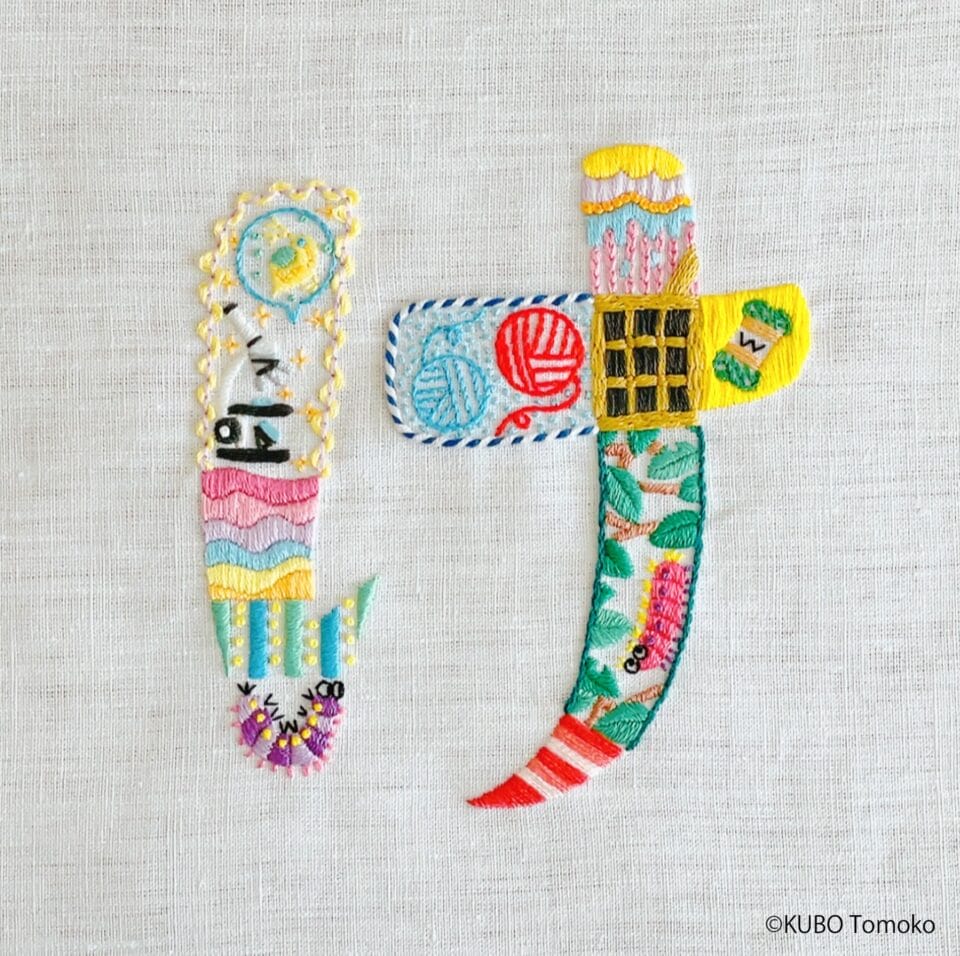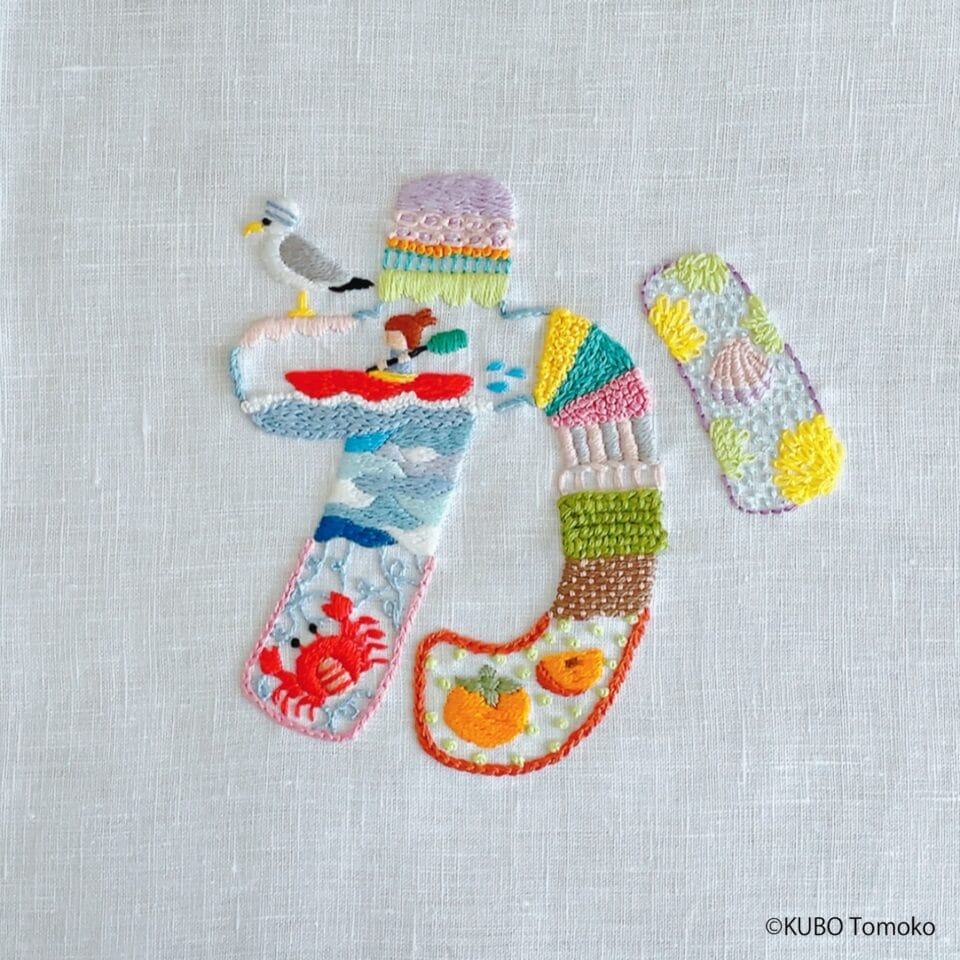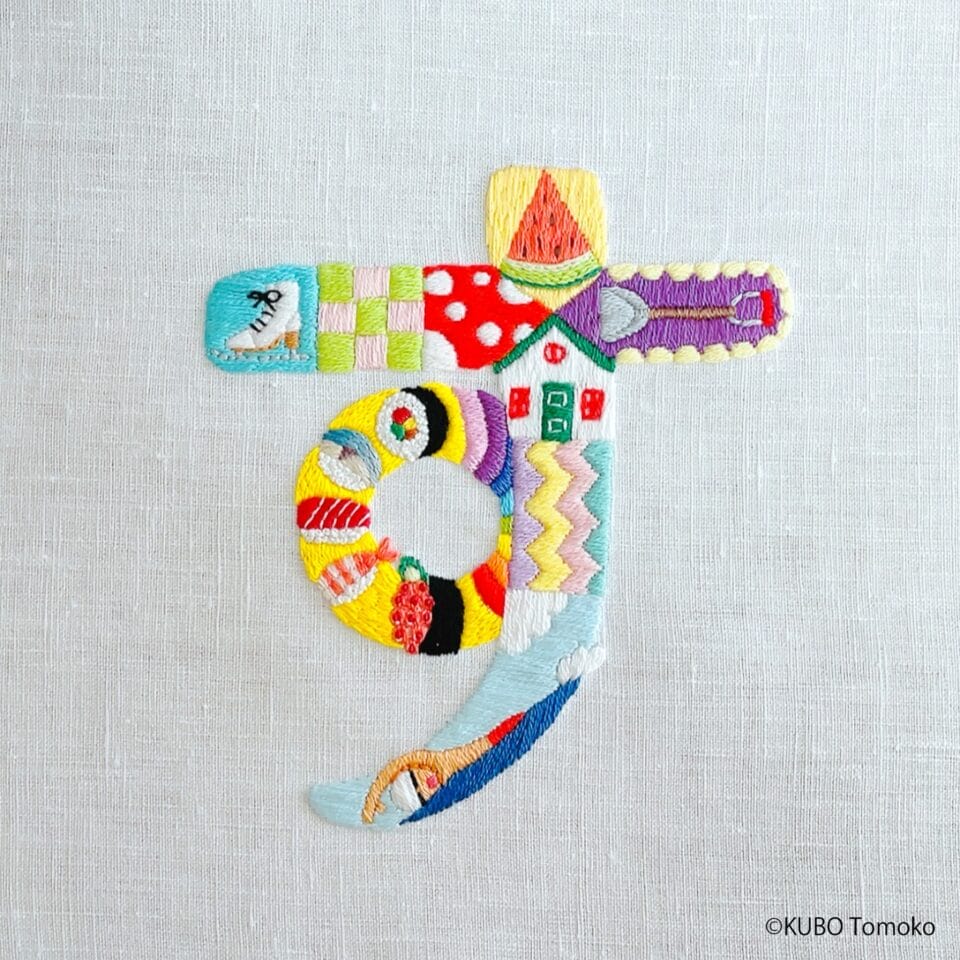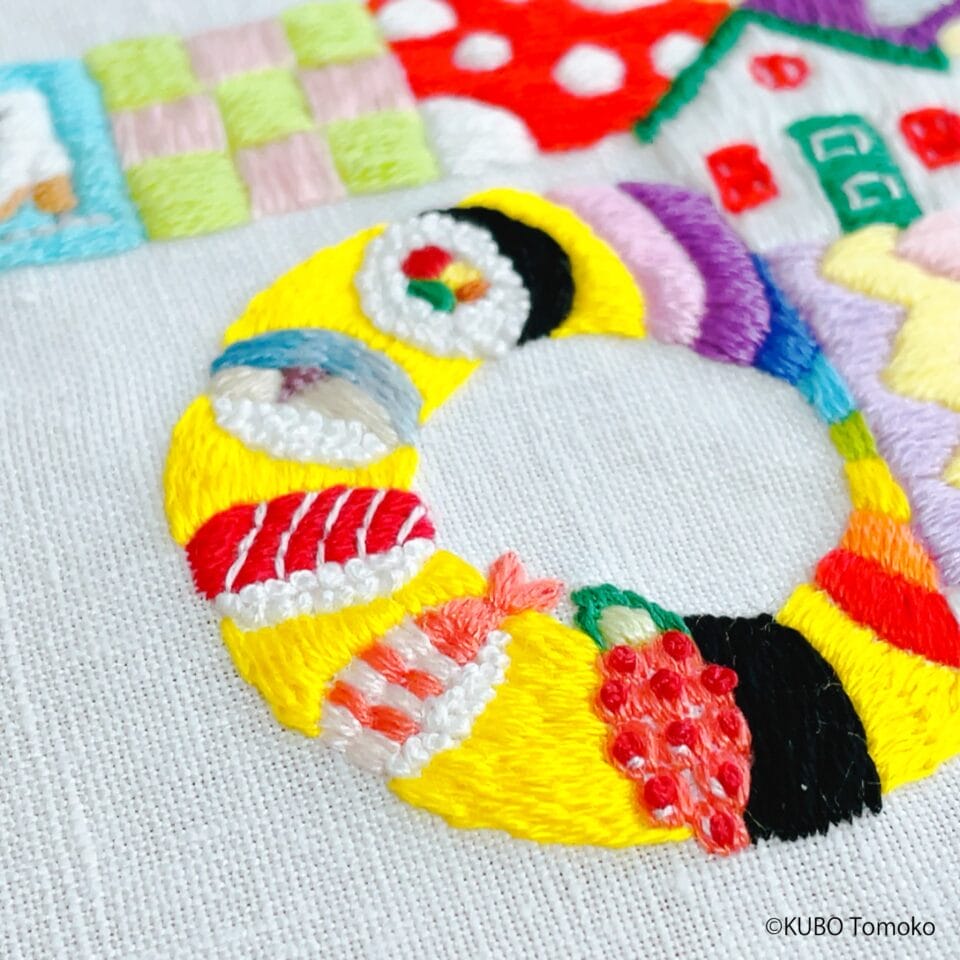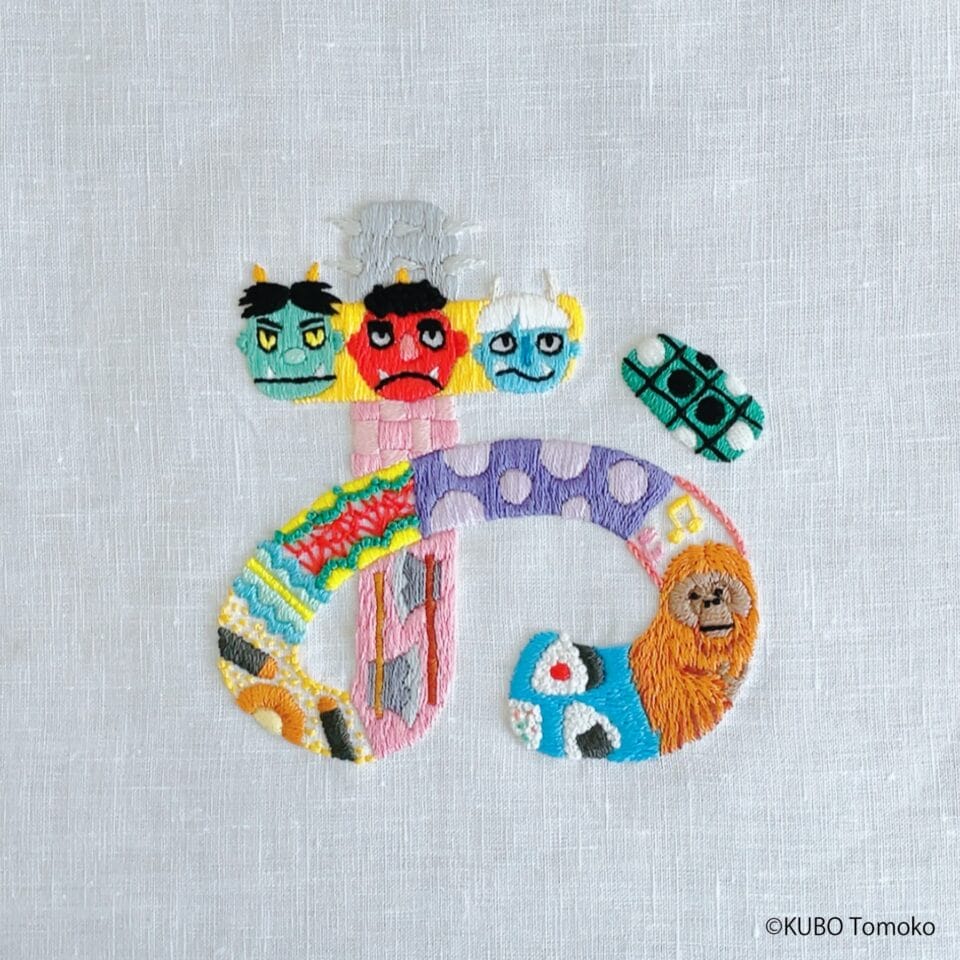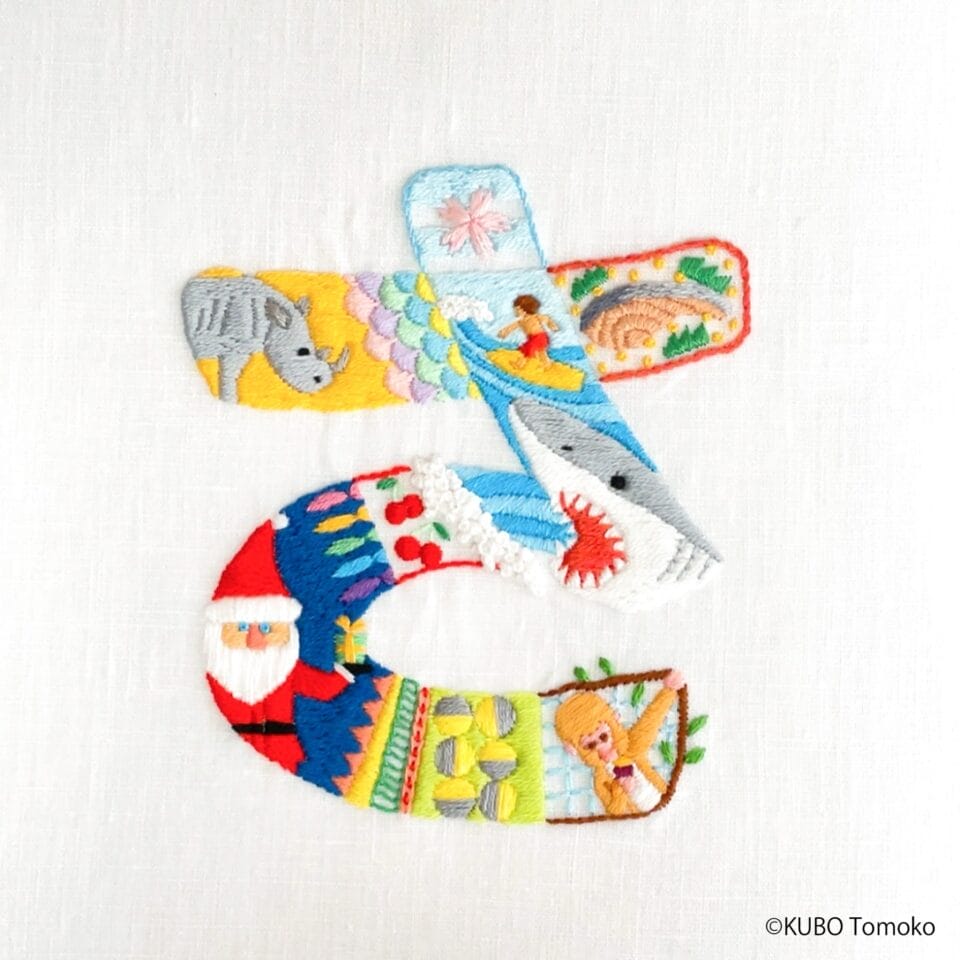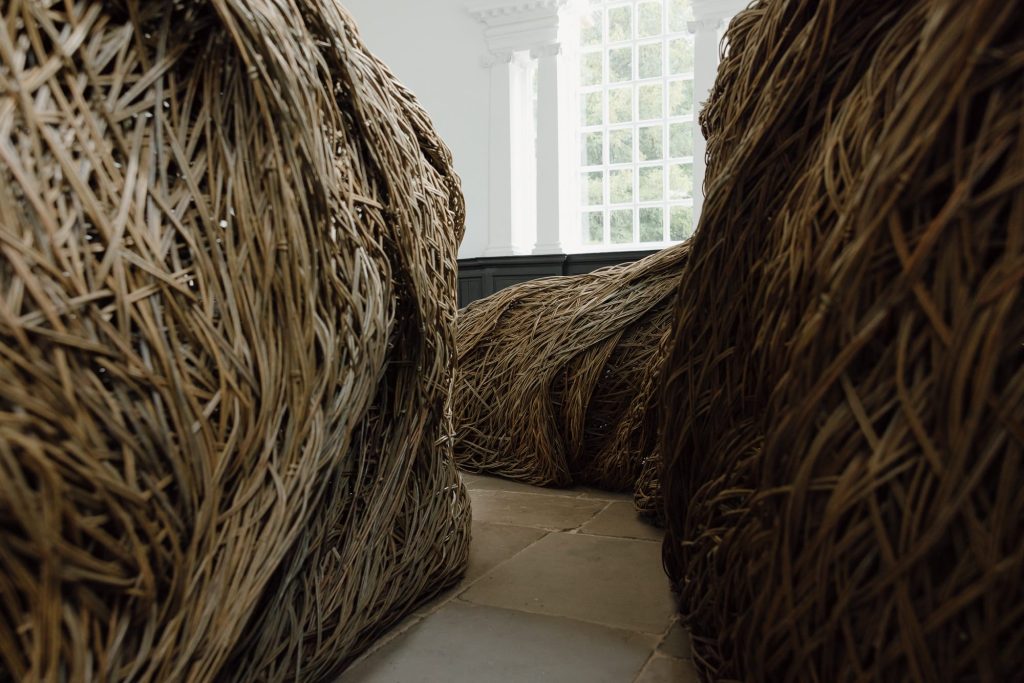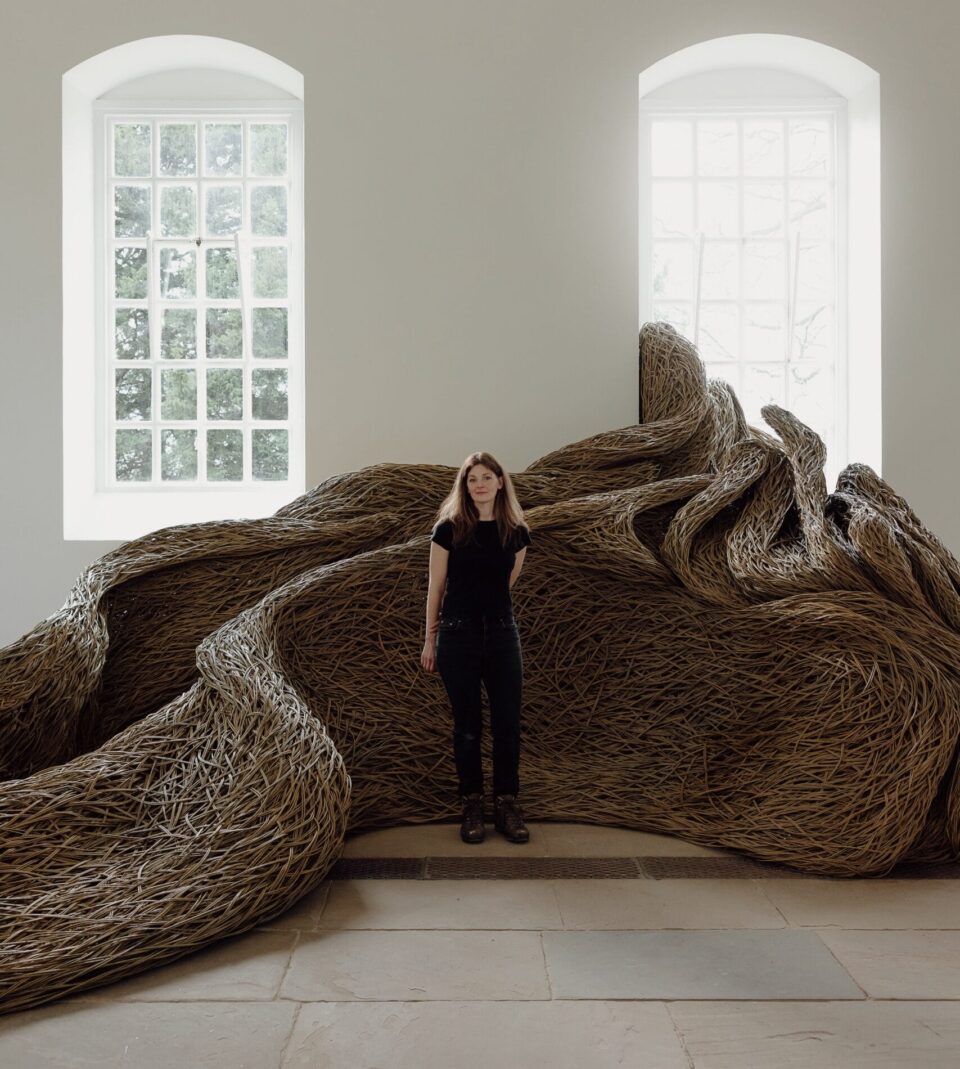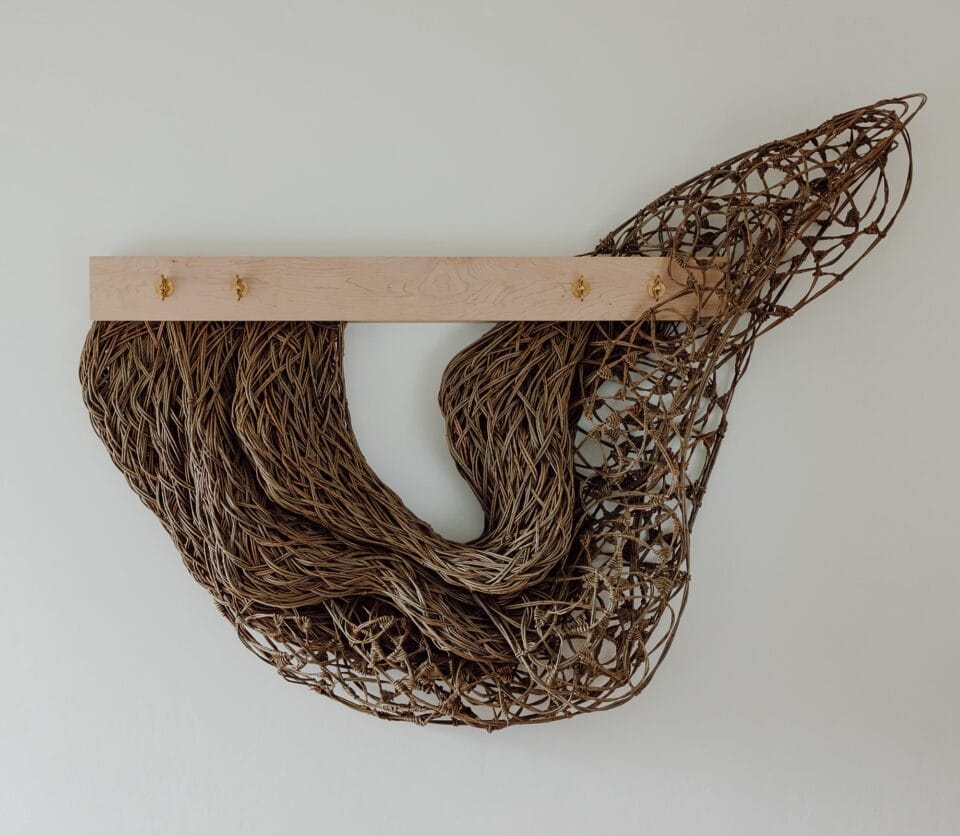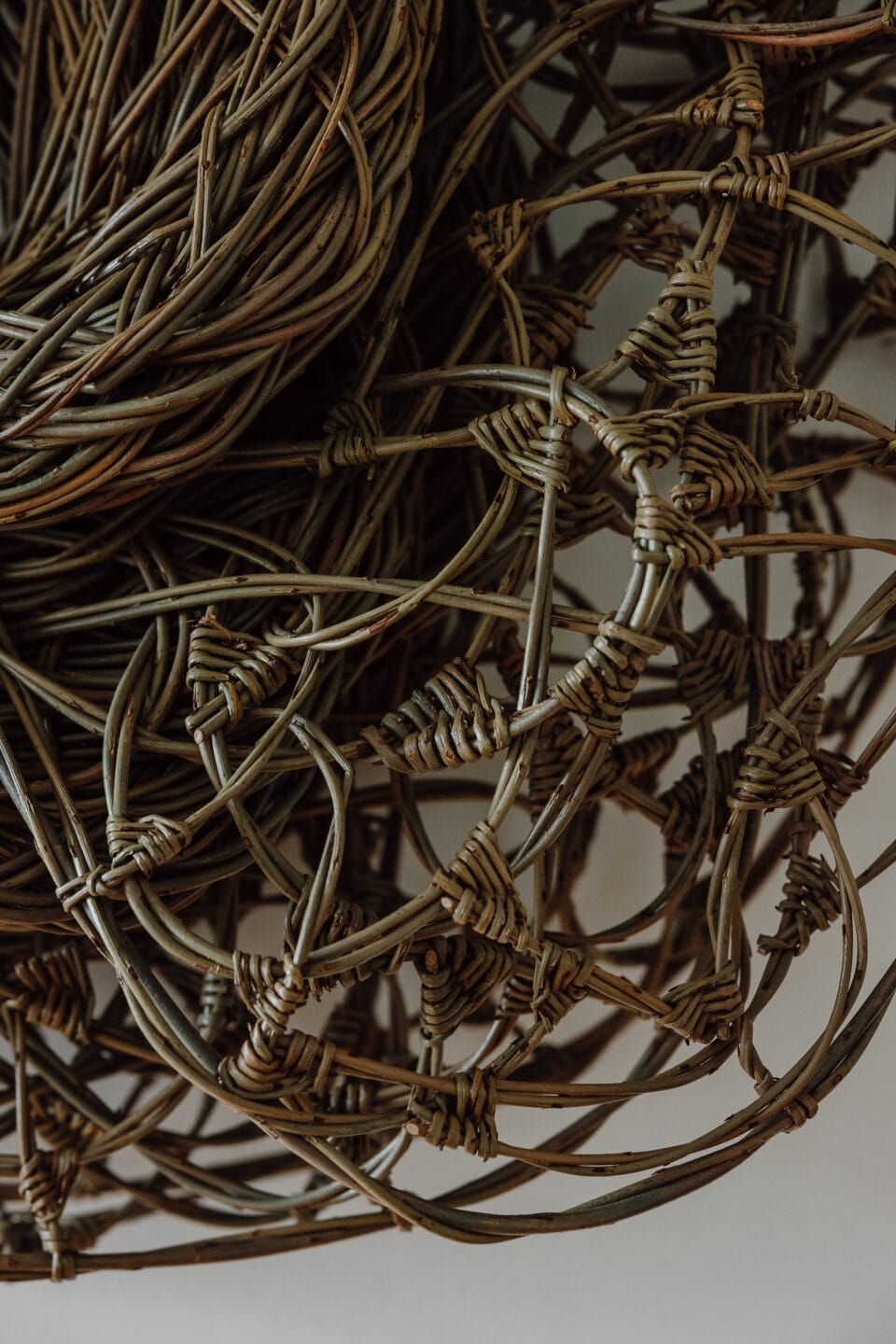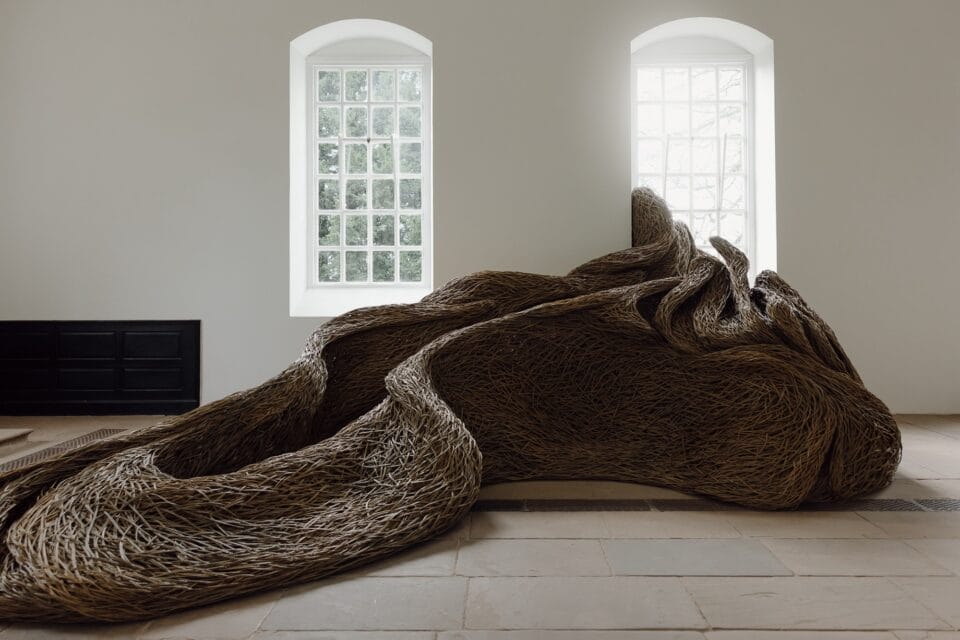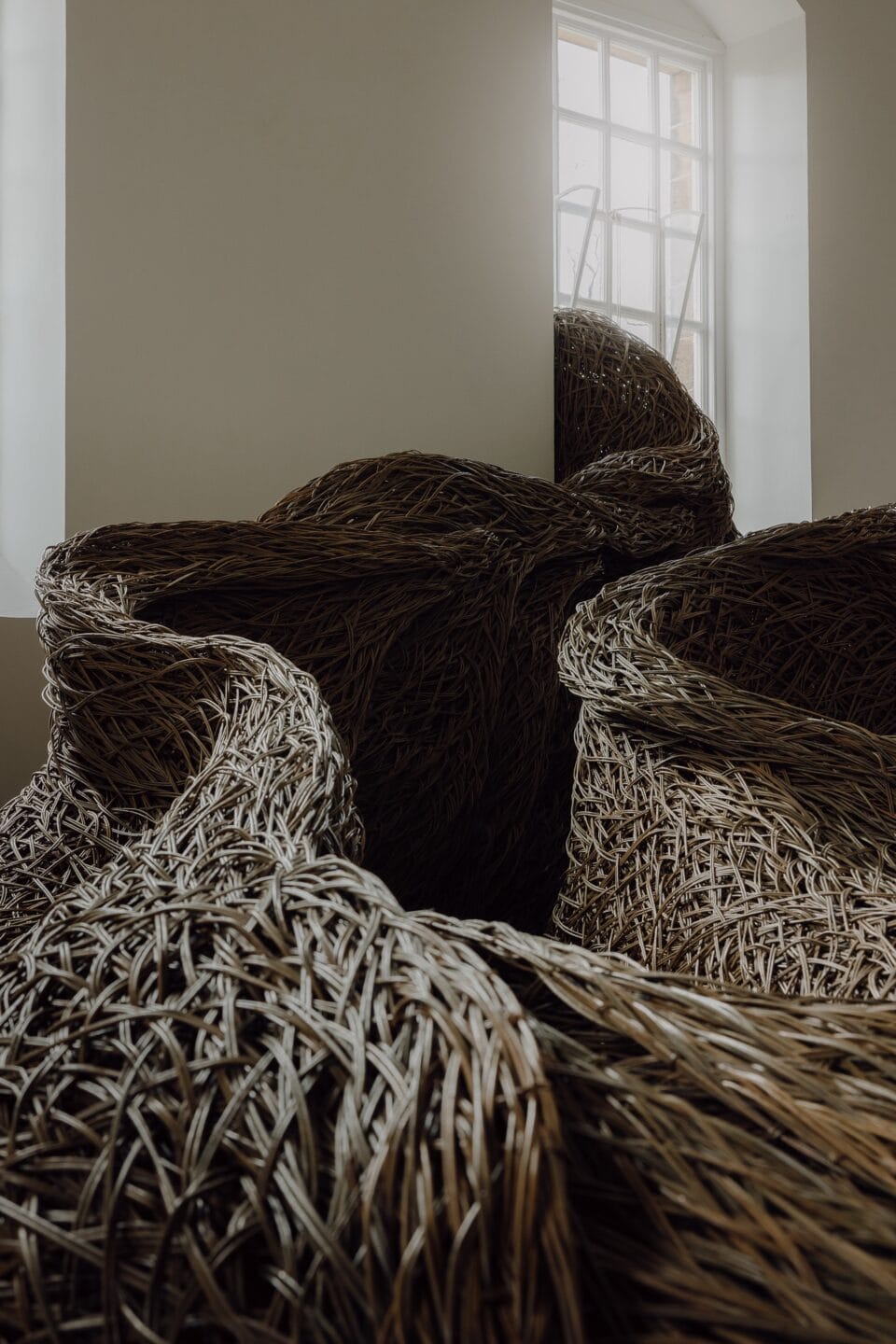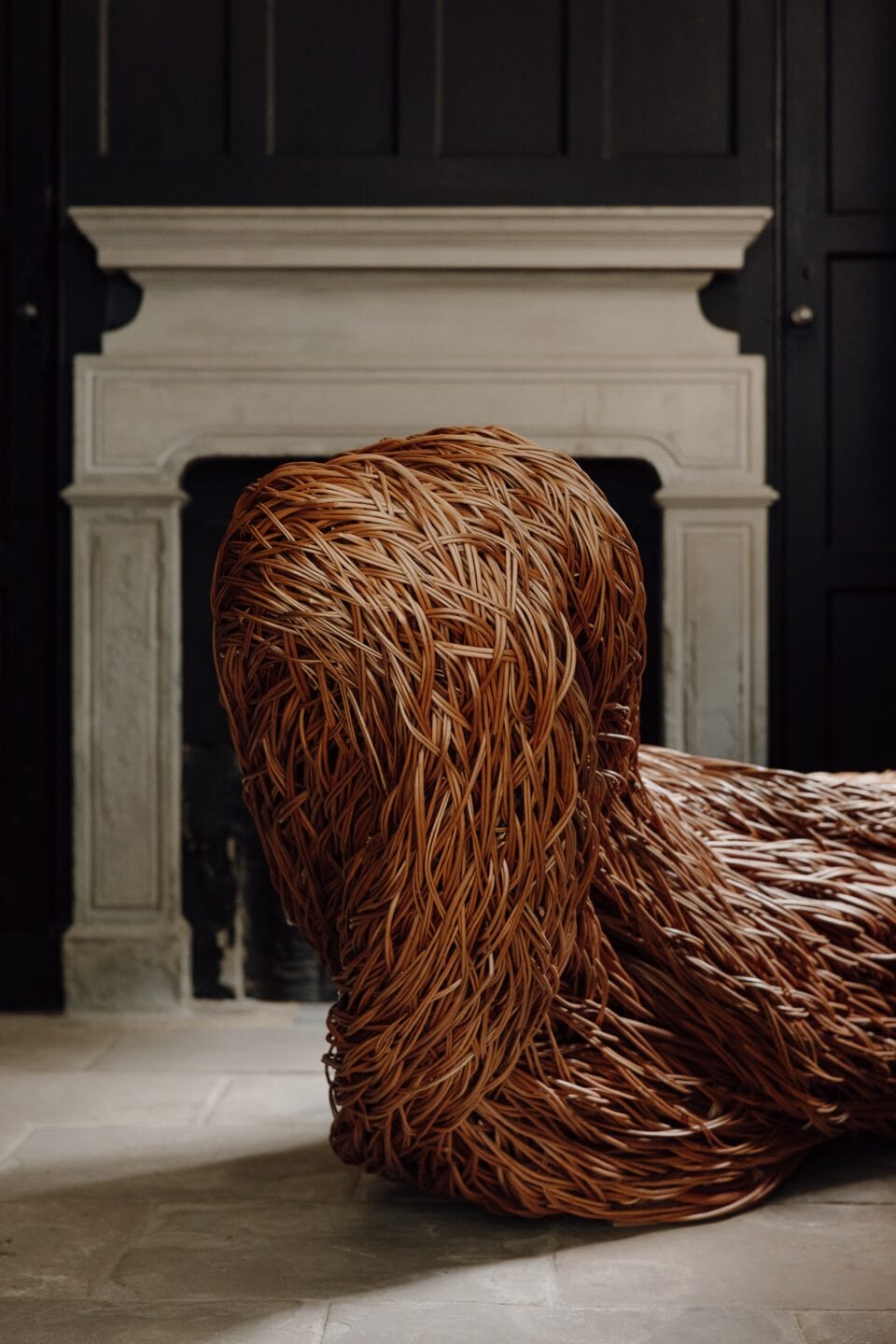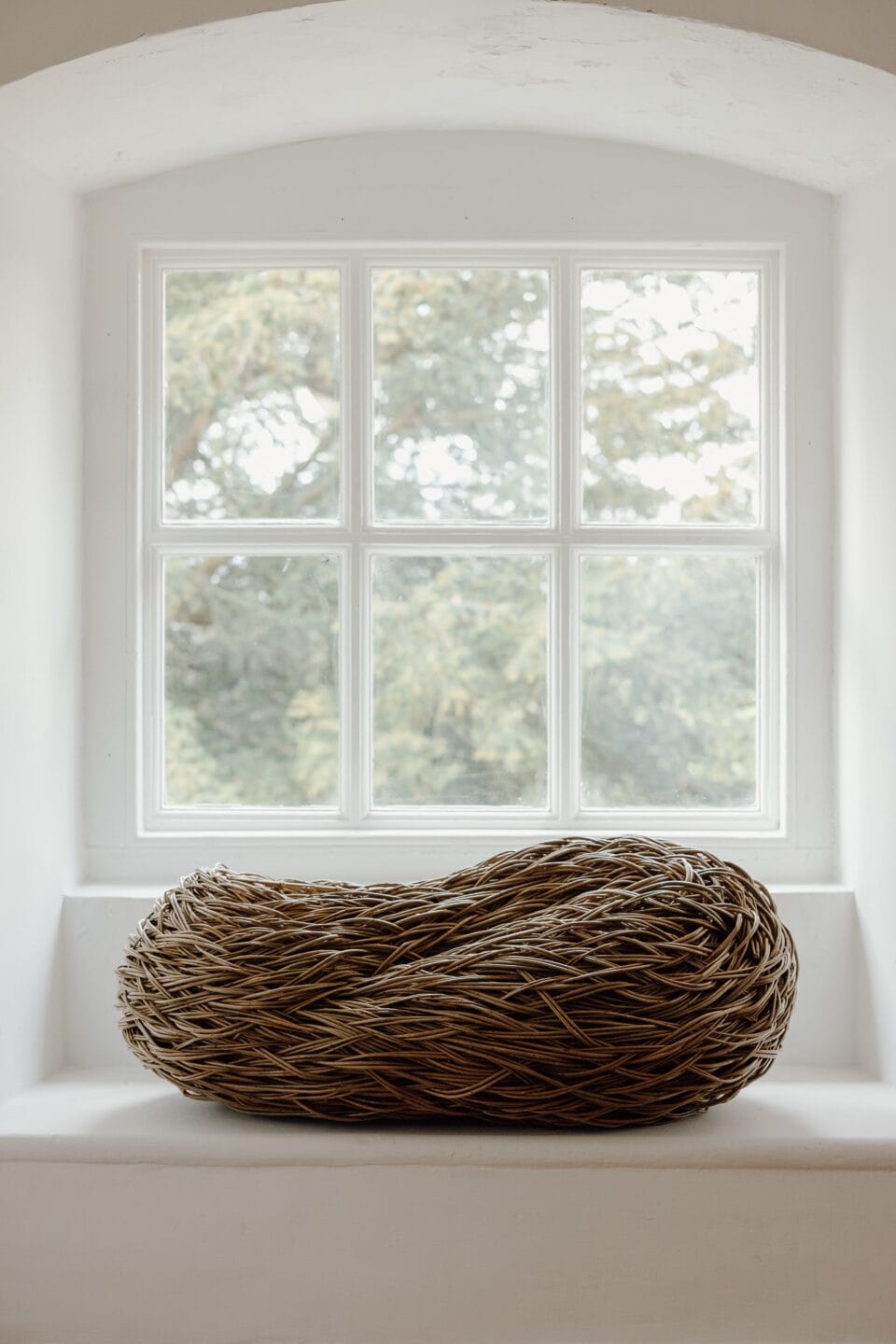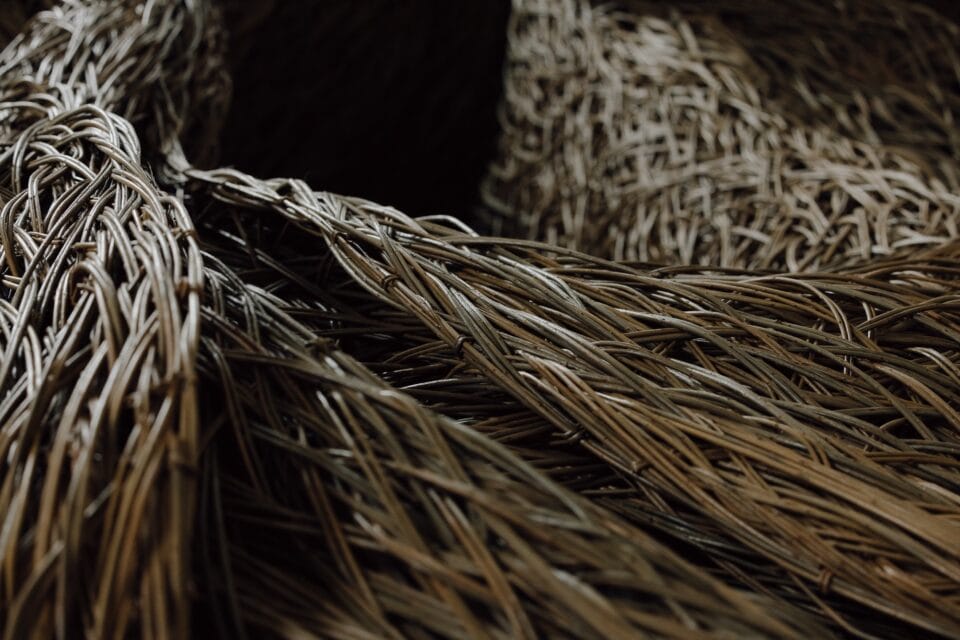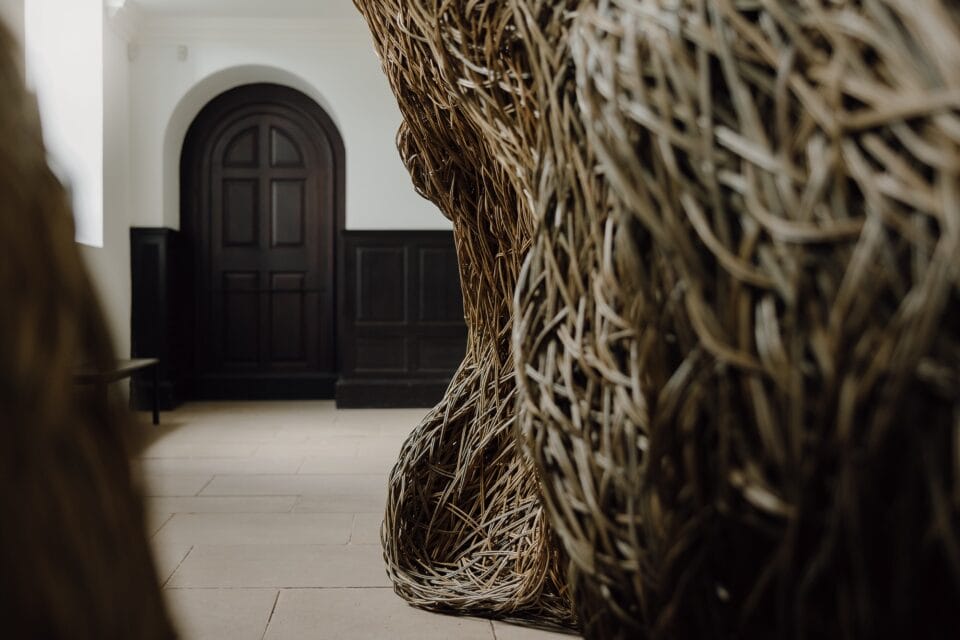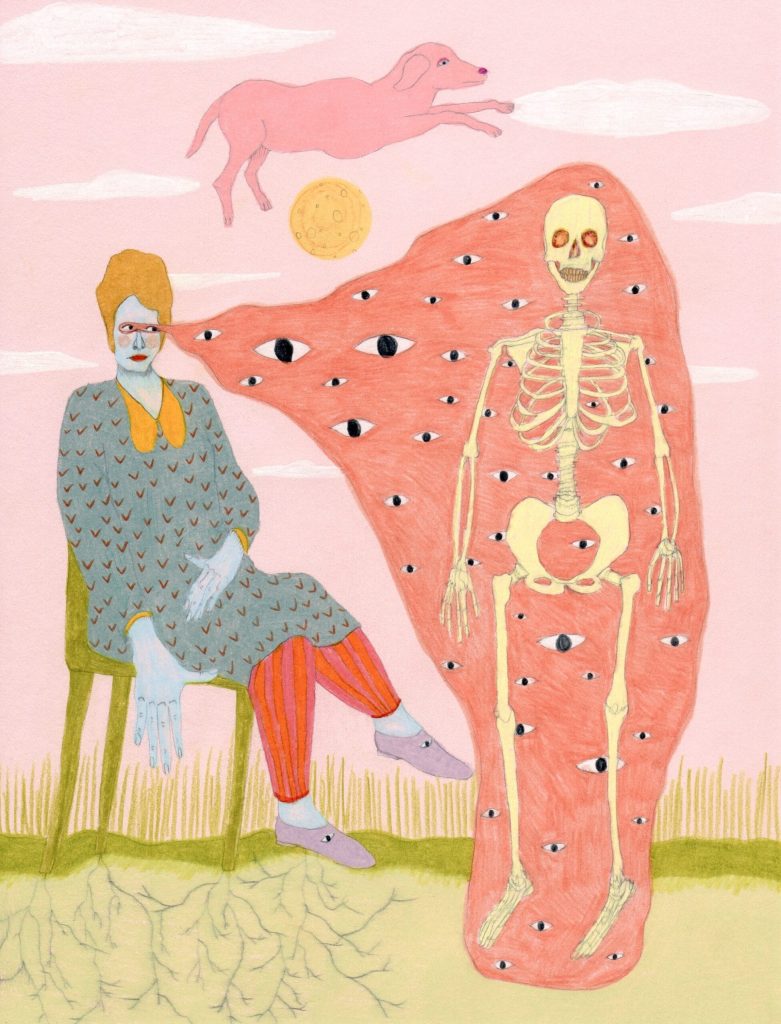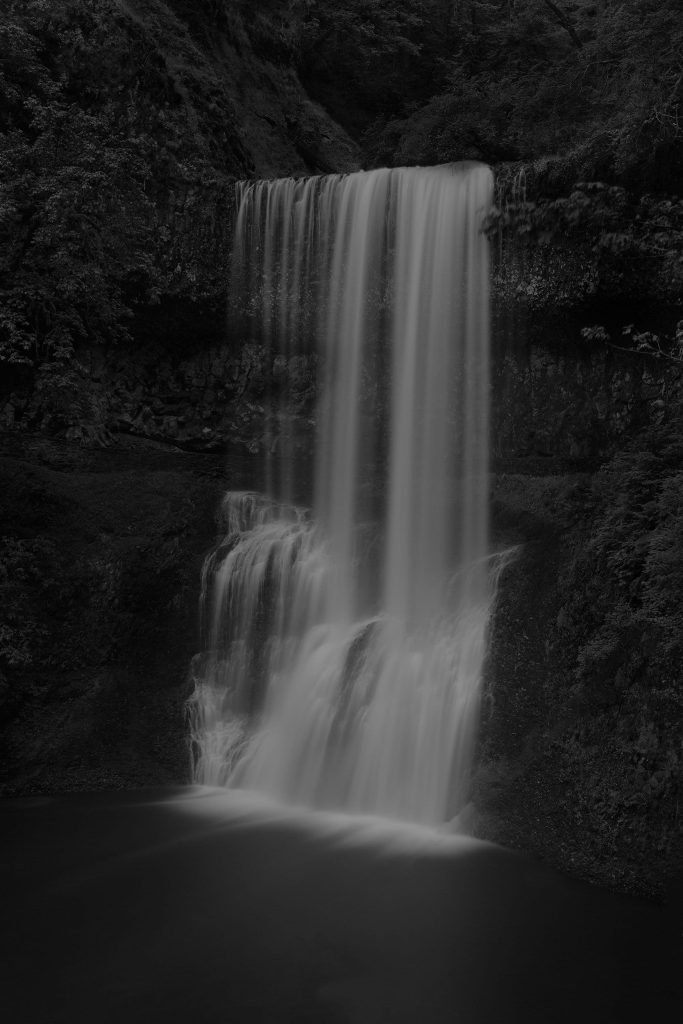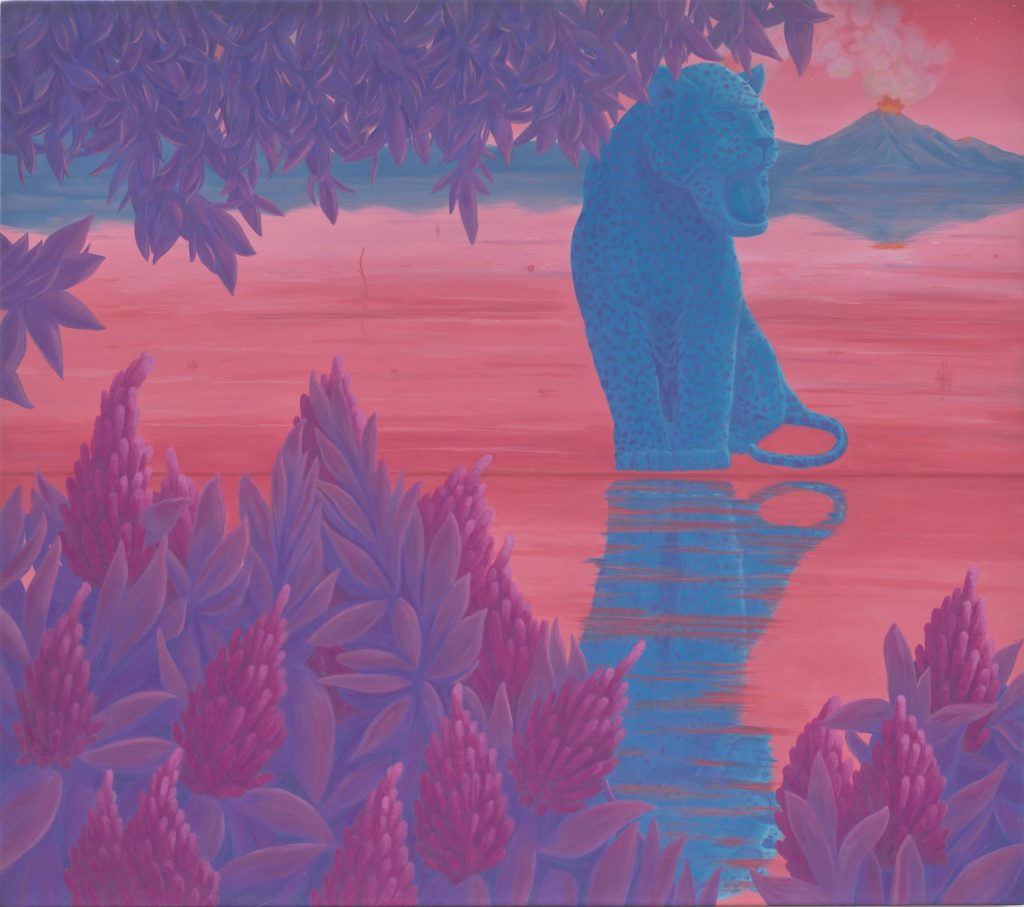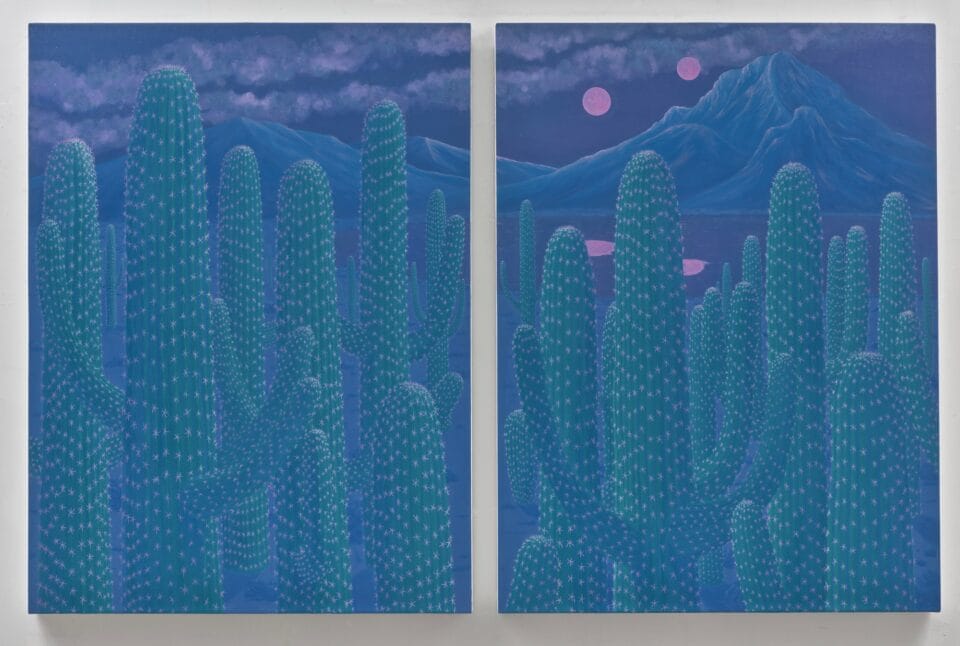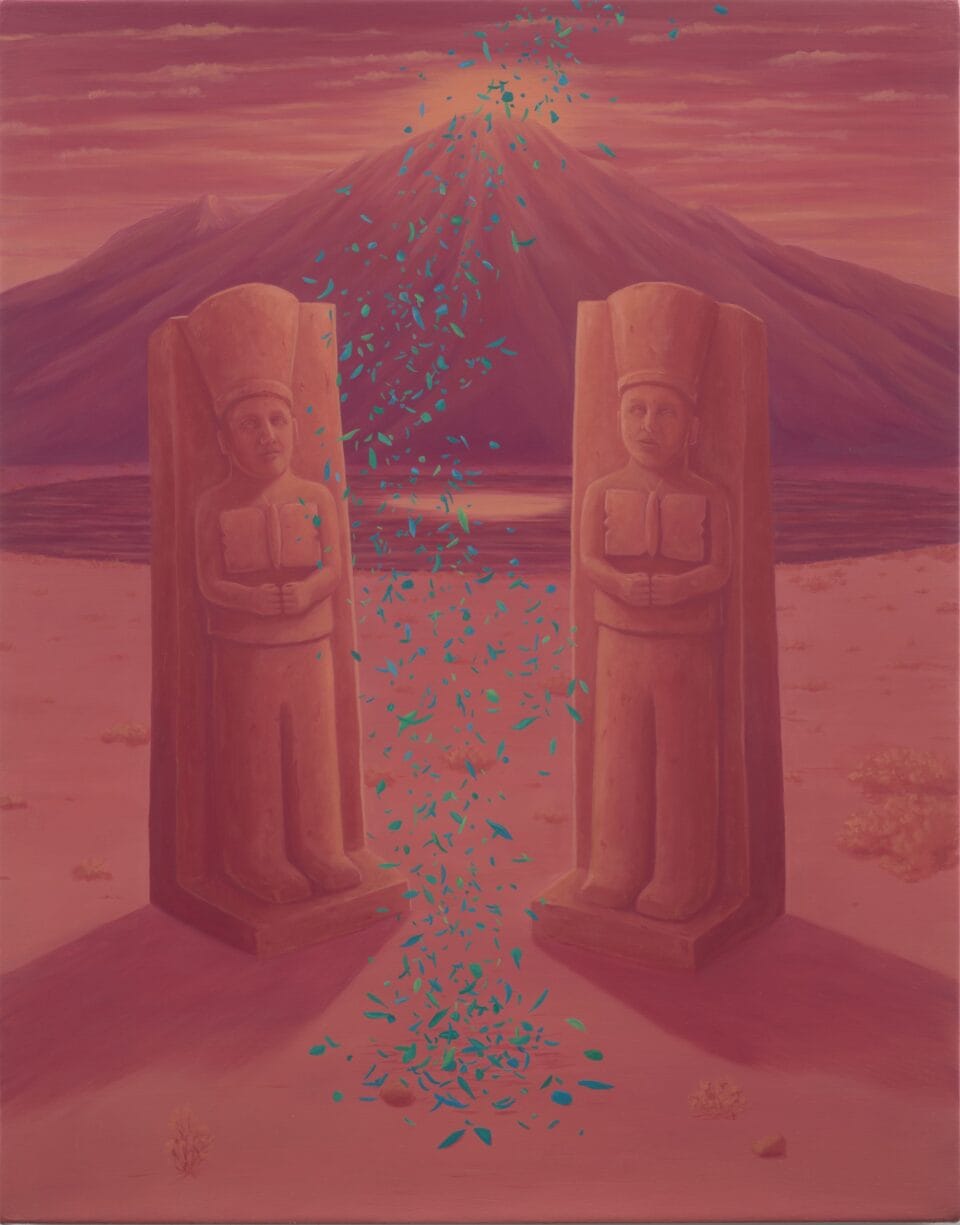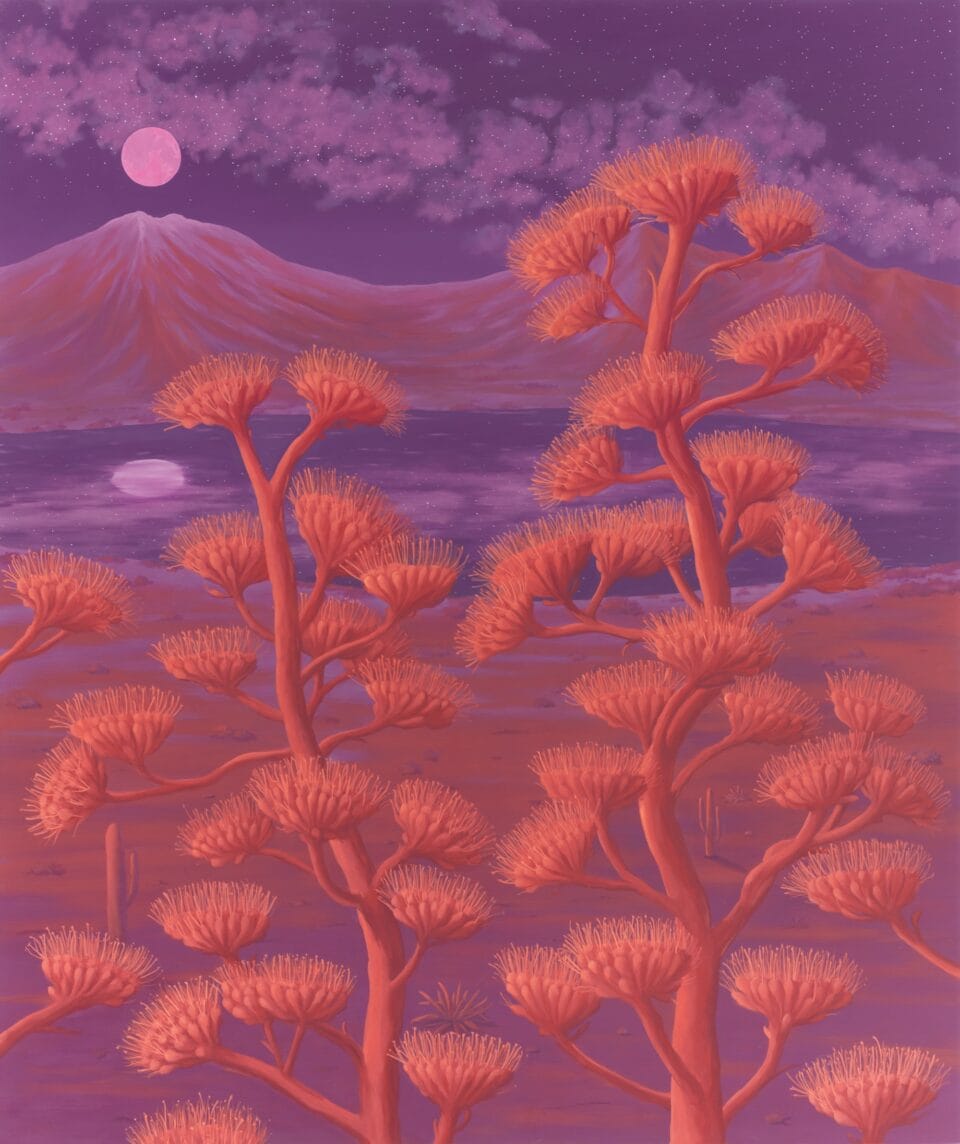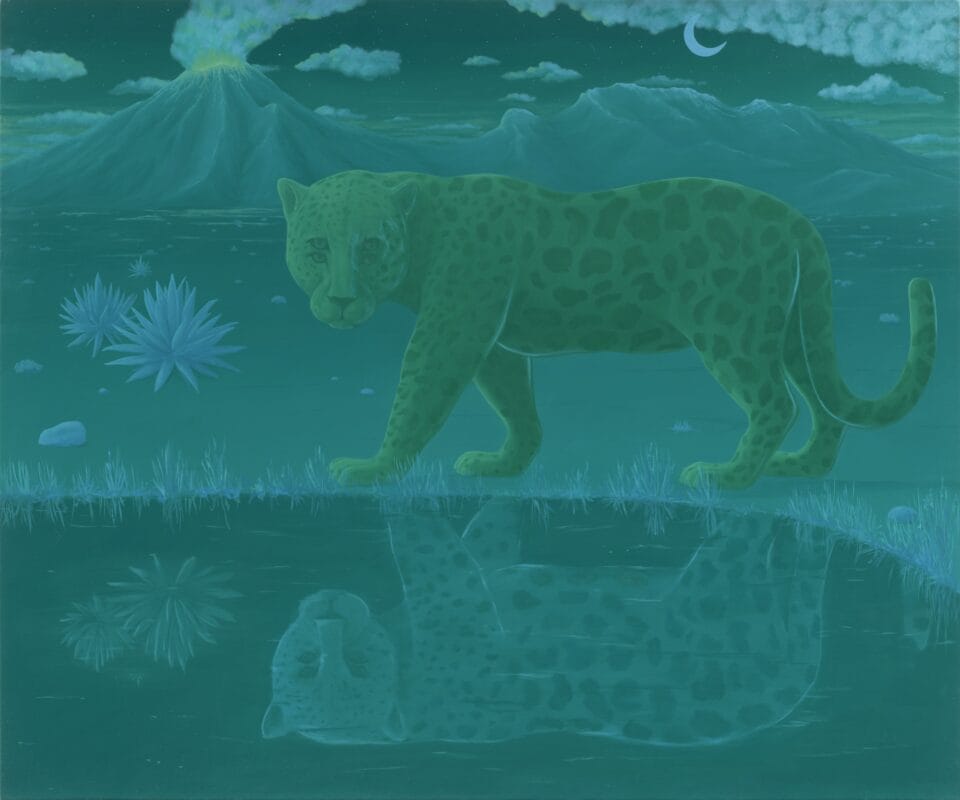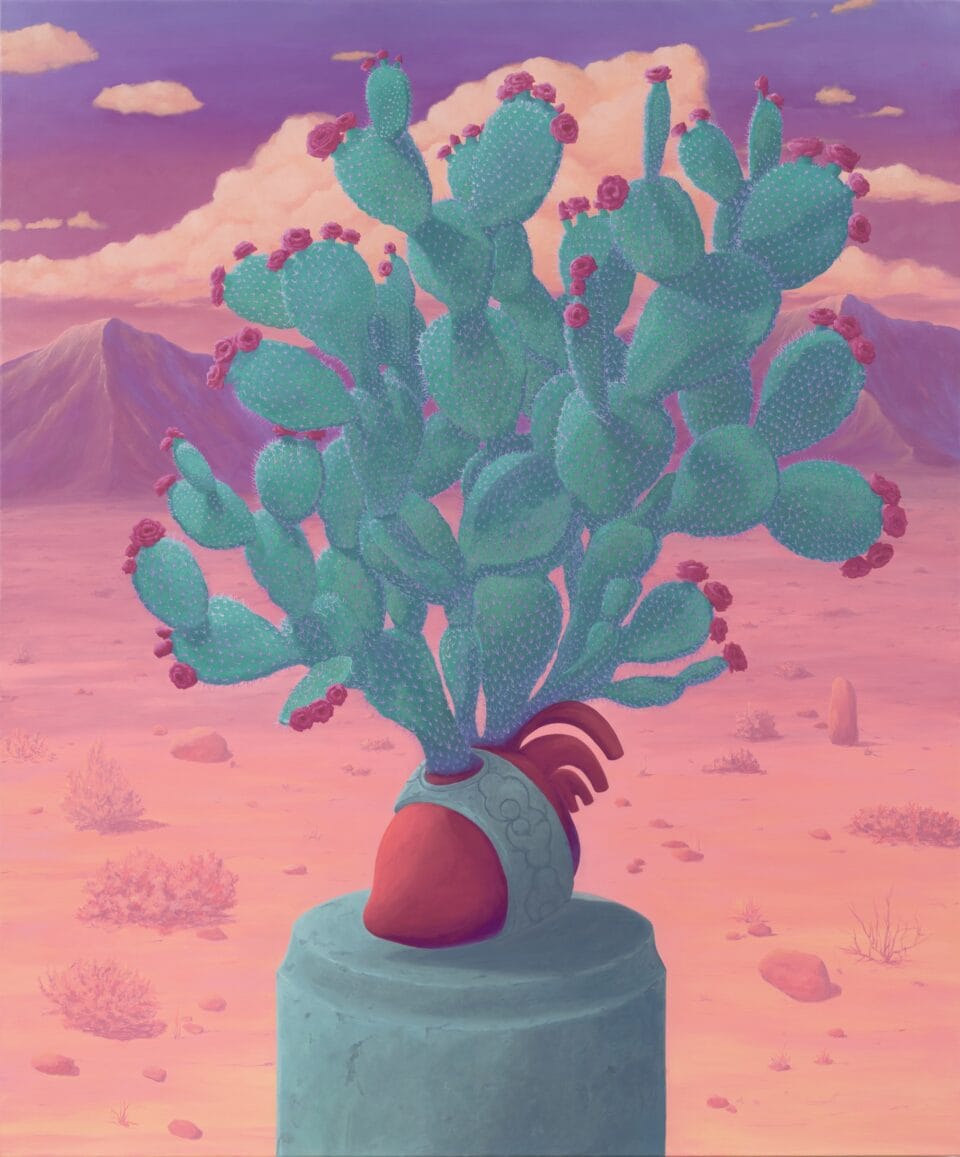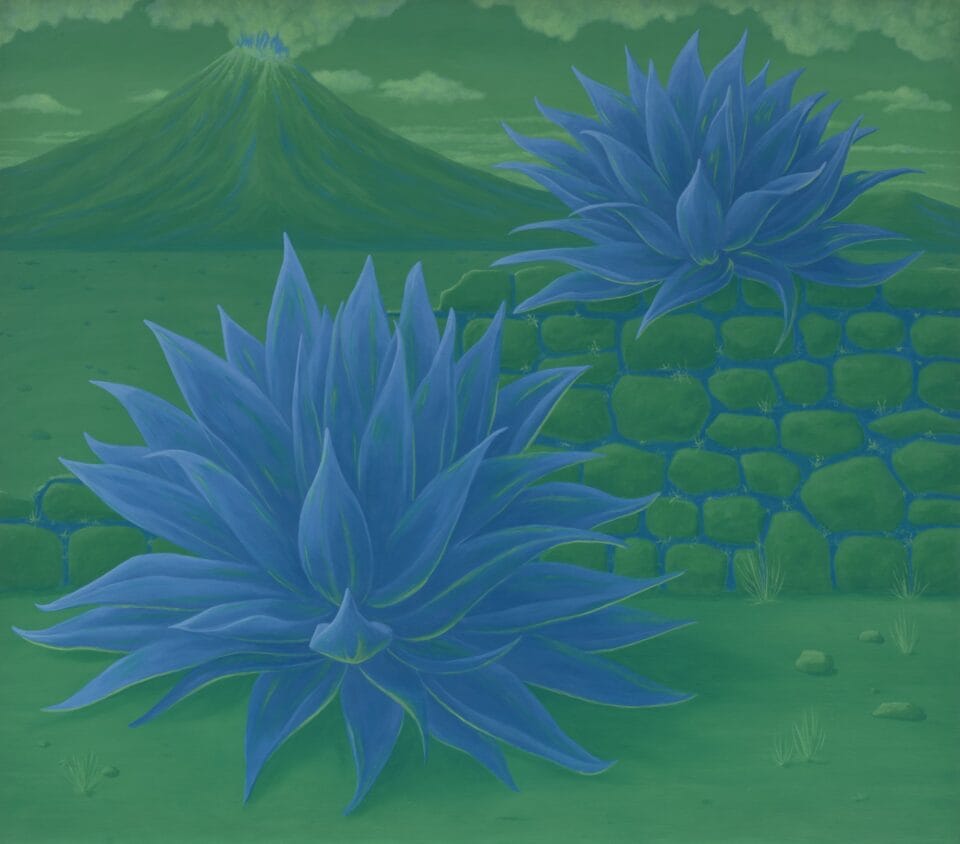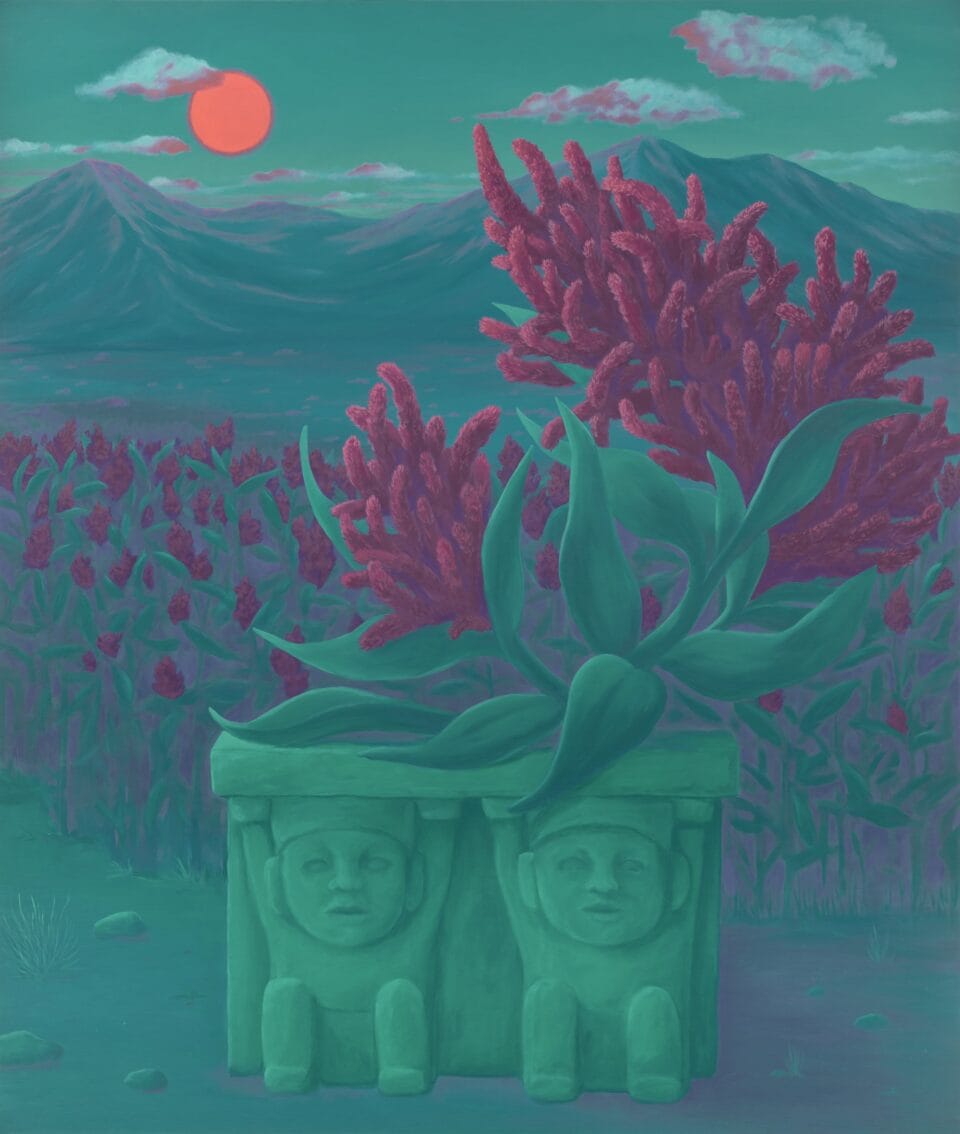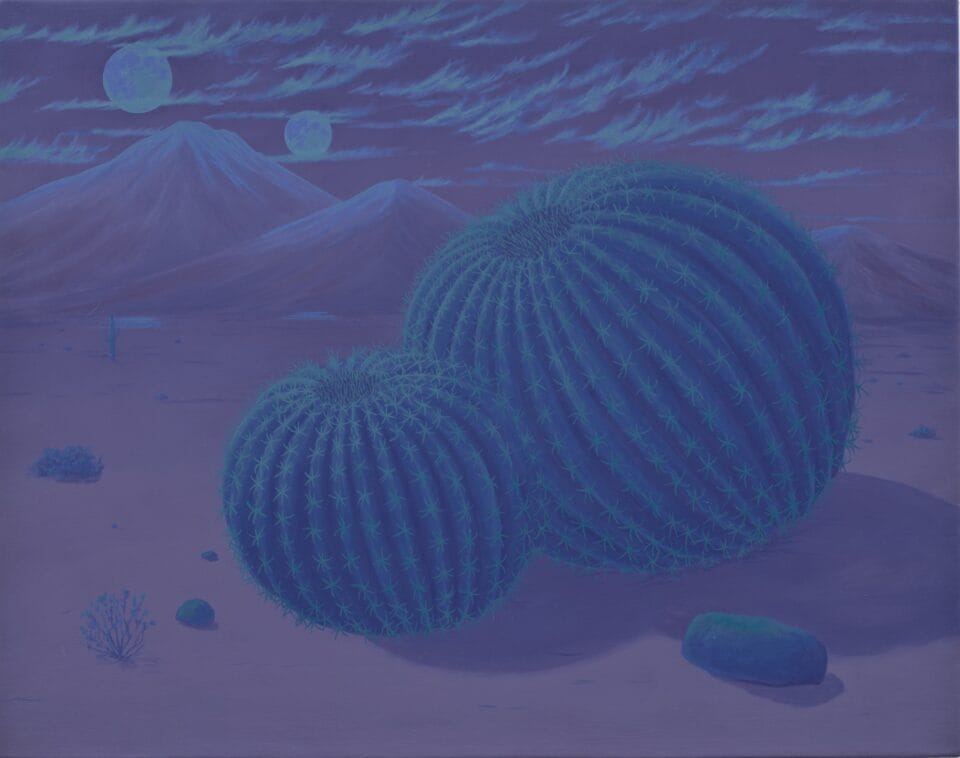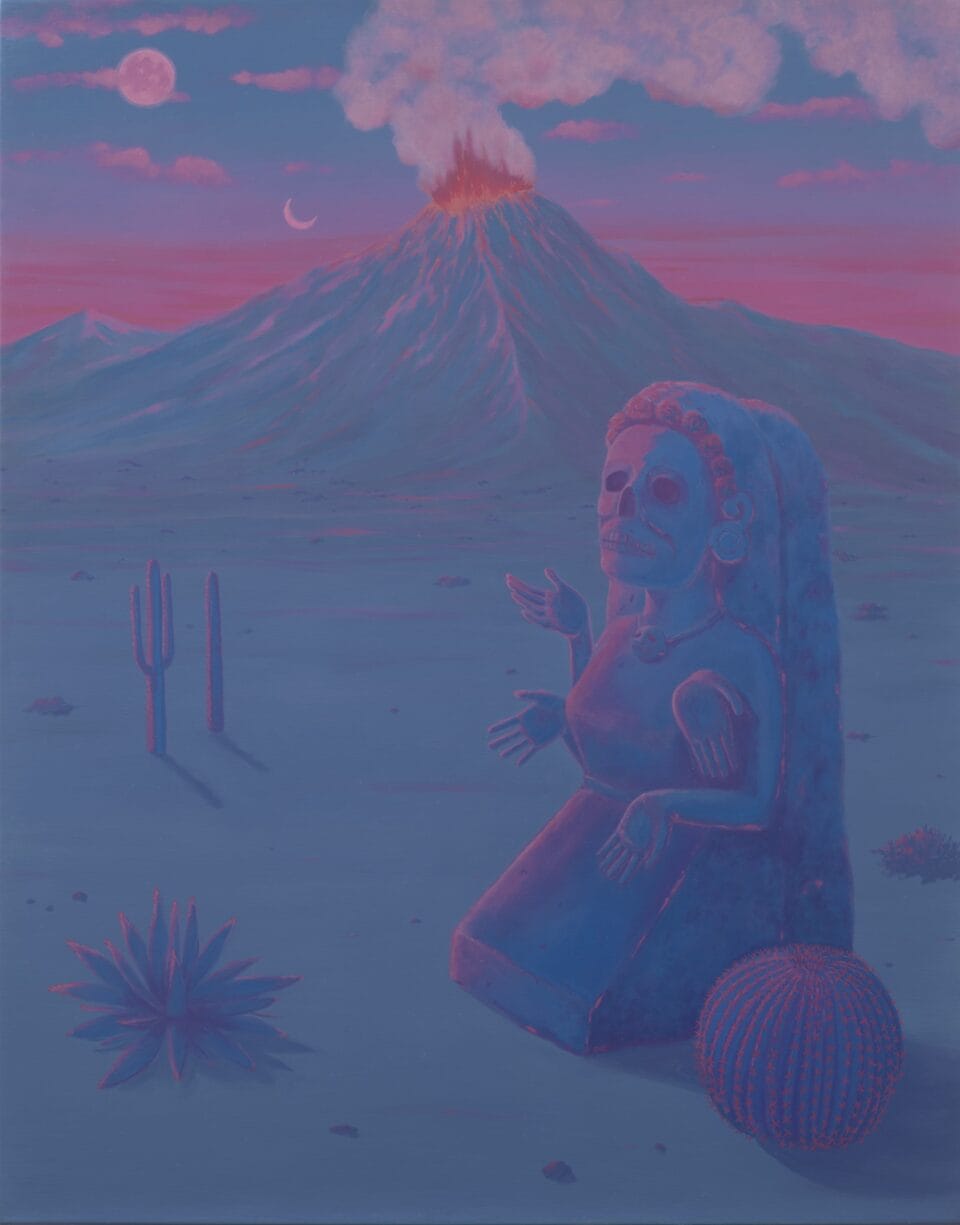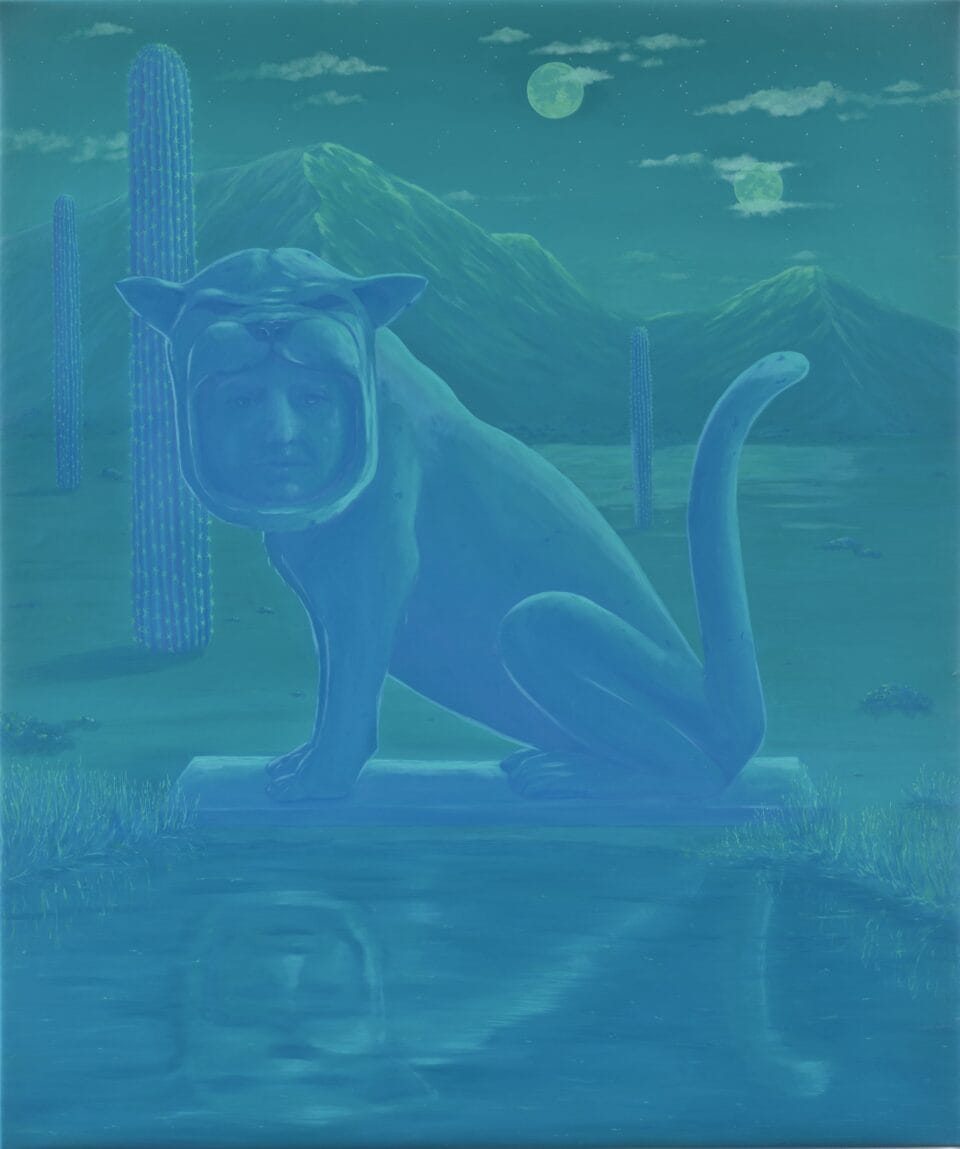
Joy Machine is thrilled to announce its second exhibition, And Then There Was Everything, featuring works by Paul S. Briggs, David Cass, Laura Catherwood, Yellena James, Jeremy Miranda, Jeffly Gabriela Molina, and Anna Ortiz. An opening reception will be held from 6 to 9 p.m. on April 18.
And Then There Was Everything takes its name from the opening line of Richard Powers’ novel The Overstory, which beckons readers into a winding, interconnected narrative tuned into the intimations of the trees. Powers writes that “a good answer must be reinvented many times, from scratch,” a sentiment each artist uniquely investigates through painting, ceramic sculpture, and collage. Iterating on natural motifs, these artists tap into our personal and collective psyches to unearth the recurring messages within.
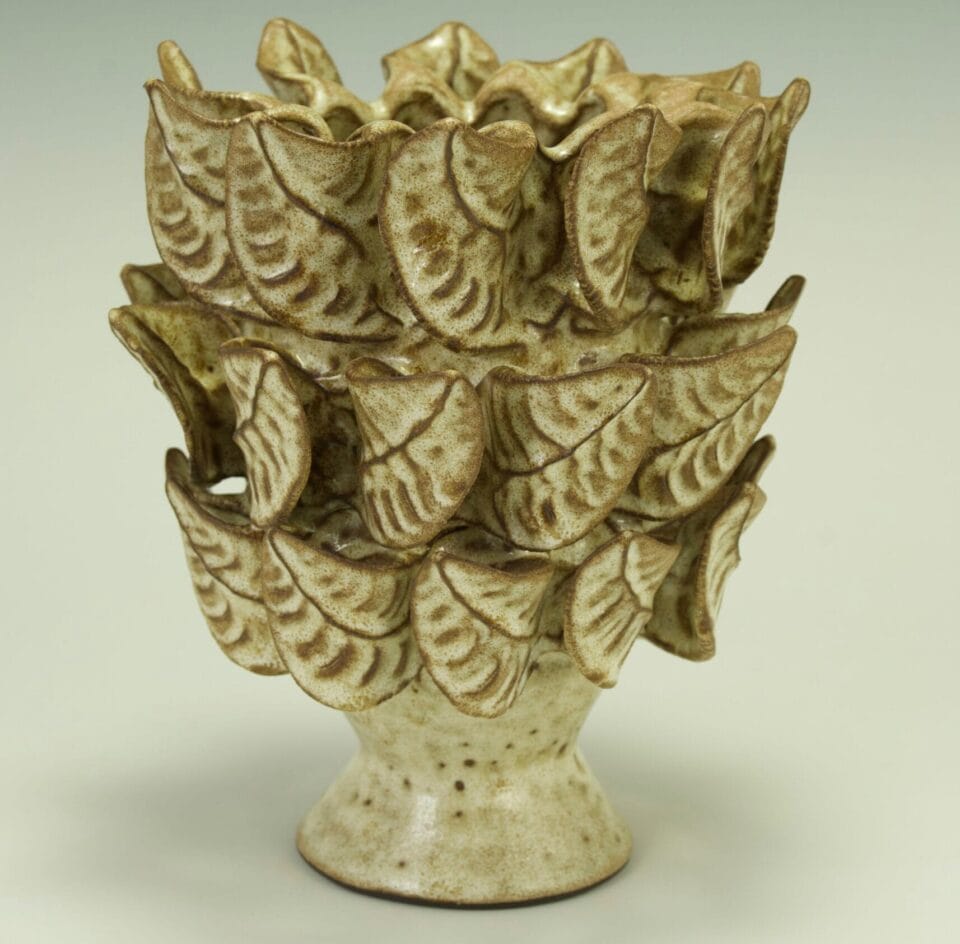
Rendering the familiar unfamiliar has long been a way to investigate the overlooked and to surface hidden emotions, and each artist presents seemingly common subject matter as an invitation to pause and look inward.
In Briggs’ leafy vessels, repeating motifs are key to achieving equanimity. The artist uses a technique he calls “hand-turning” and works in a “very assertive but tender process.” From a single ball of clay, he pinches small, dynamic fronds surrounding the vessel walls as he finds a meditative balance in both his mind and the sculptures themselves.
Although working at an intimate scale, Cass zooms outward as he paints undulating waves on antique tins, matchboxes, pulleys, and more, a collection of 14 of which are installed at Joy Machine. Visible swipes of paint delineate the horizon in some pieces, while others are entirely awash in curved lines. Interested in conveying the effects of a heating planet and rising waters, Cass uses repurposed, human-made containers representative of physical constraints as metaphors for our collective limits to adapt.
In James’ alluring canvases, dense ecosystems spill from edge to edge. Striving for a perfect balance that becomes “a sort of compulsive meditation,” the artist paints delicate, otherworldly environments evocative of both land and sea. Catherwood similarly lingers in uncertainty as she renders hybrid creatures with fantastic motifs. Painted with soft, tender brushstrokes, the arresting beings become welcome companions to explore life’s mysteries and adjust to its cycles.
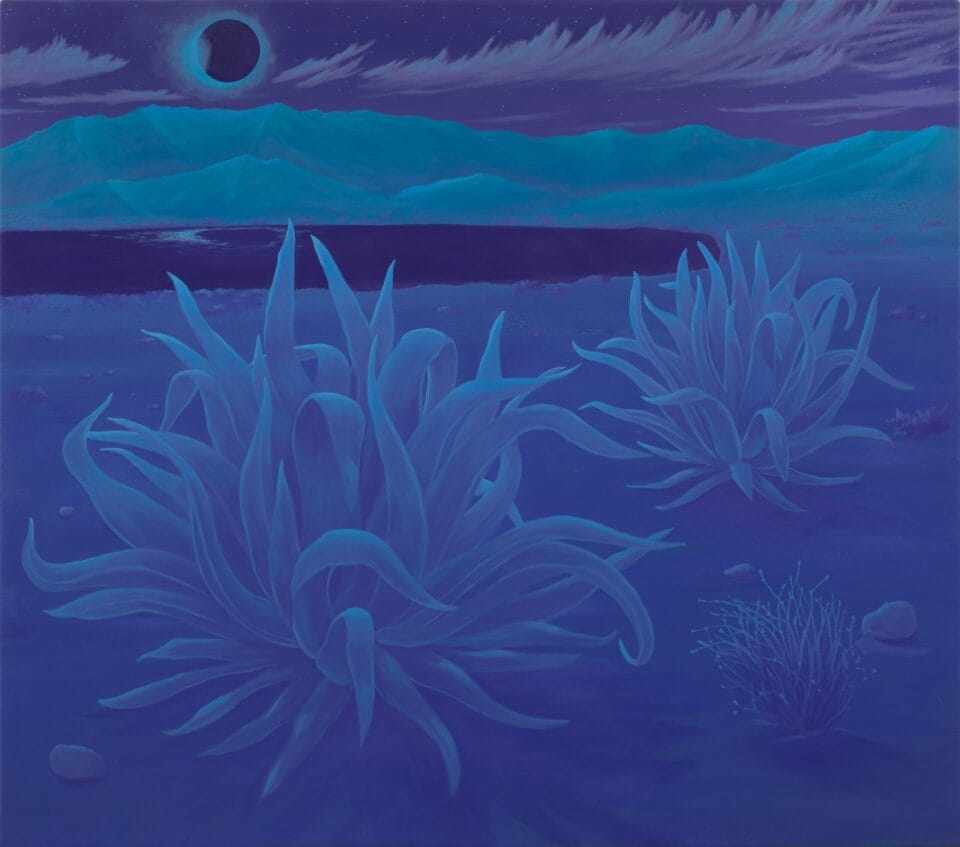
Ortiz, too, conjures the uncanny in “Reflexión,” a desert landscape dotted with a pair of agave plants underneath an eclipse reflected on Lake Texcoco. The saturated, limited color palette renders the time of day ambiguous and helps establish a surreal borderland in which the now-dried lake still exists. Mixing memory and imagination, Ortiz draws on her own ancestral connections and positions the twin agaves as a way to consider unfulfilled destinies.
Miranda and Molina grapple with similar questions as they utilize recollections of moments and spaces. Observation is at the heart of Miranda’s works, and he harnesses the ethereal qualities of light to cast familiar spaces anew. In his hands, a nondescript pocket of forest or humble bonfire becomes dreamlike, prompting questions of perspective and how we understand our relationships to the settings that surround us.
For Molina, a flutter of yellow butterflies and a mirrored parrot are symbols of connection and care. The brightly colored insects accompany a portrait of the artist’s mother as a child in “Mother Our Castles Will Not Be Made of Sand,” while “To Misericordia” conjures a place long gone. A poem inscribed in the work reads, “… And do you know that glitter and gold have gone out of fashion, and that your parrot no longer remembers himself?,” which references Molina’s great-grandmother’s pet and the ways companions give shape to the self.
And Then There Was Everything is on view from April 18 to June 7. RSVP to the opening reception here.
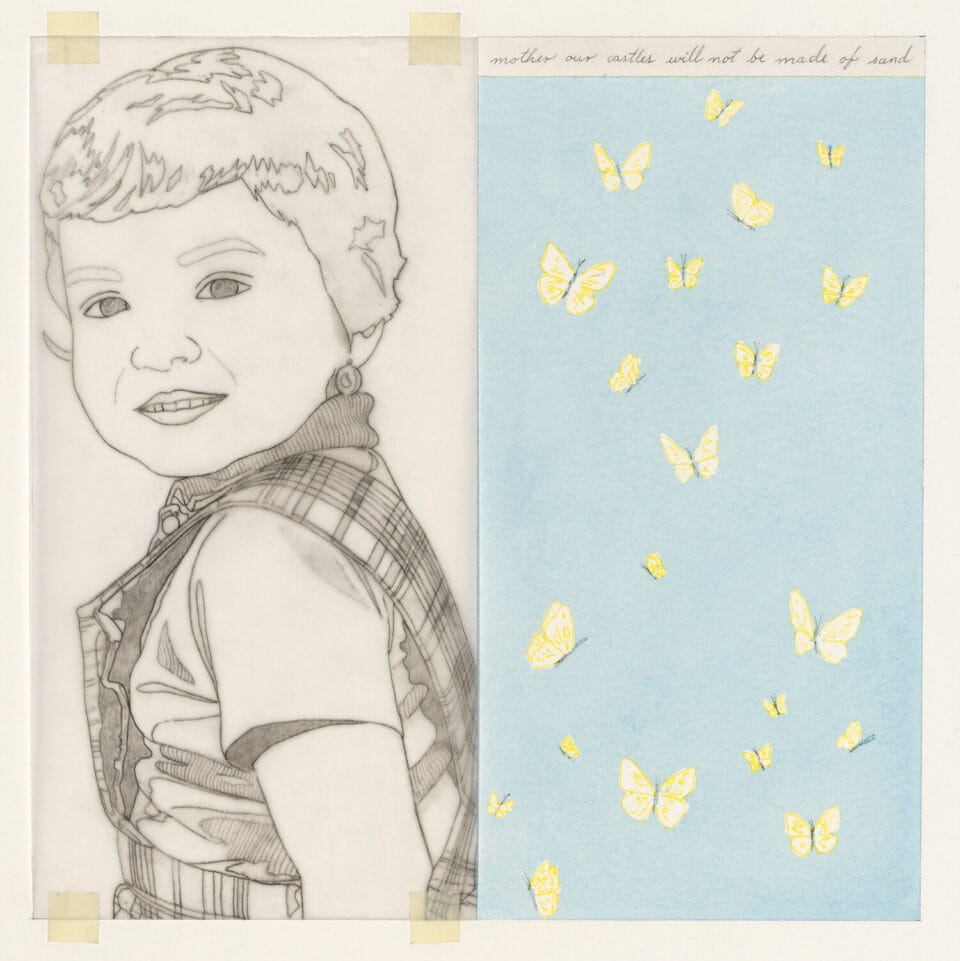
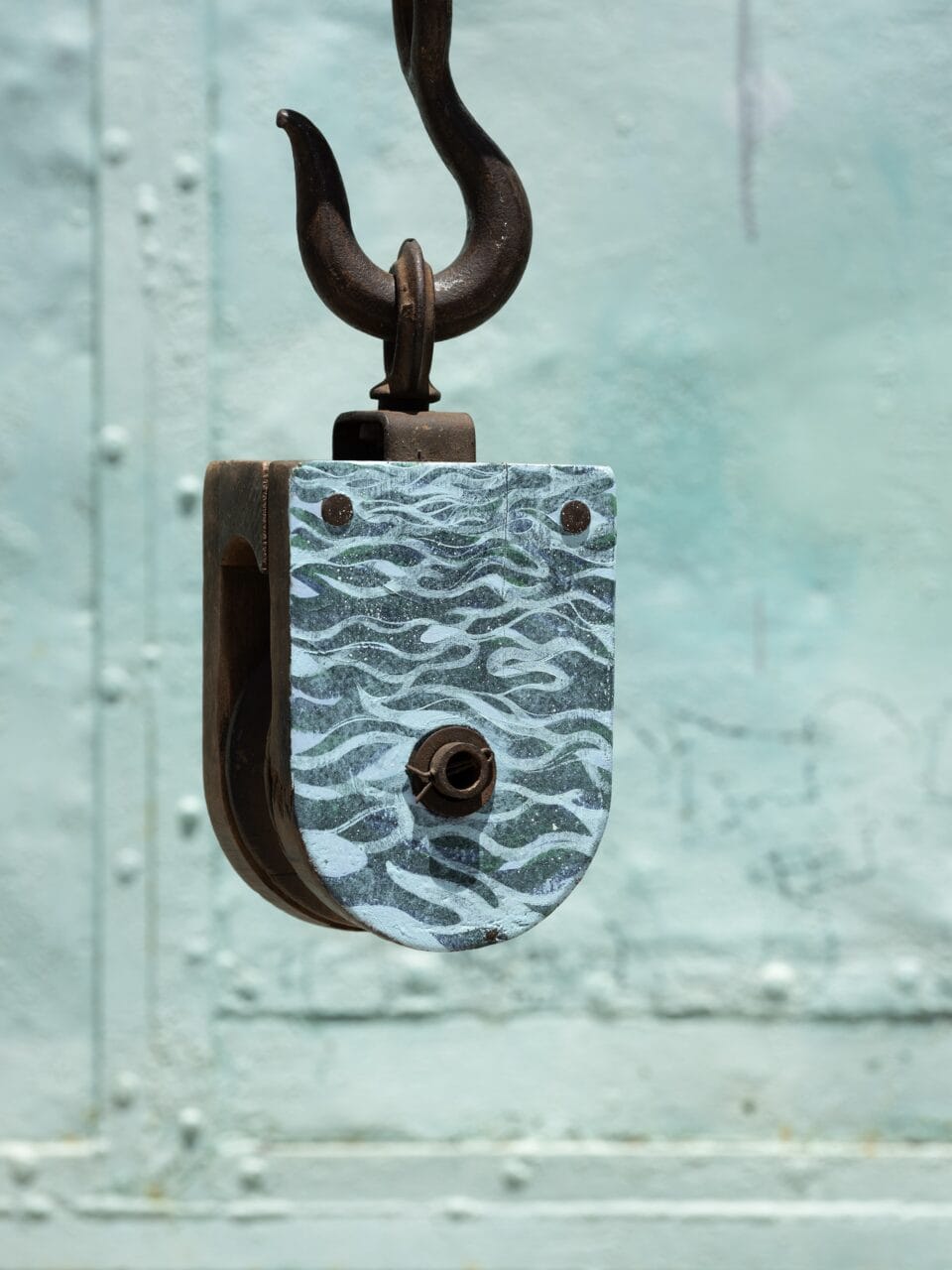
Do stories and artists like this matter to you? Become a Colossal Member today and support independent arts publishing for as little as $7 per month. The article ‘And Then There Was Everything’ Unearths the Allure of Natural Motifs at Joy Machine appeared first on Colossal.
